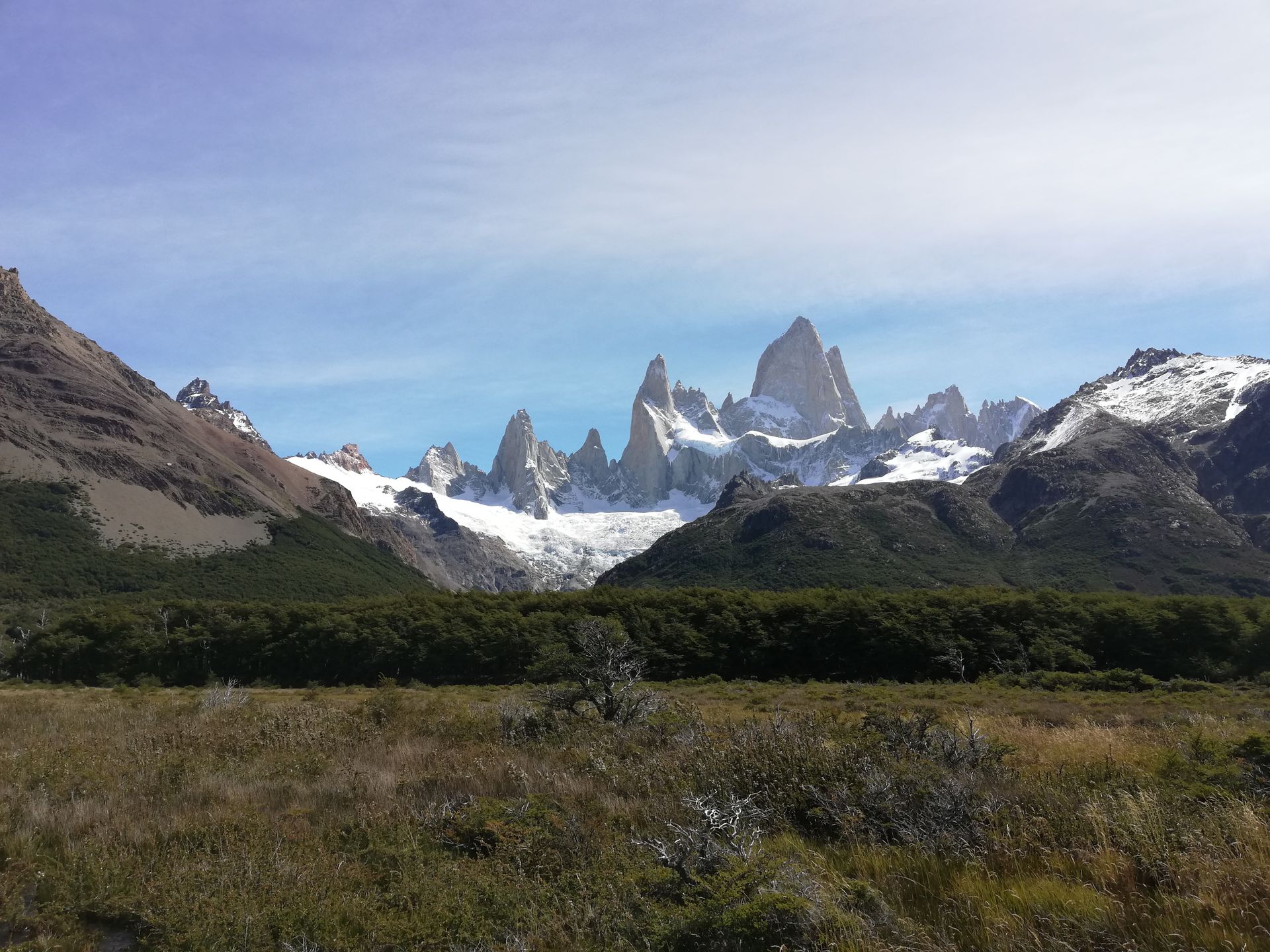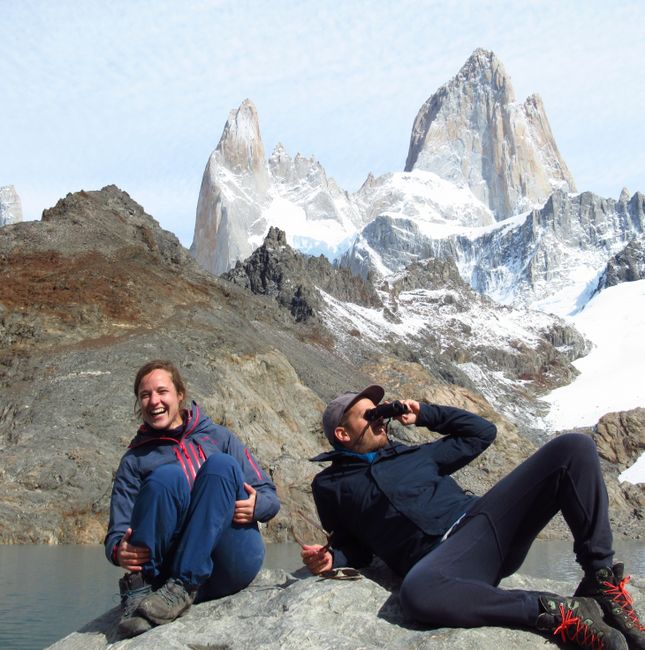Jungle Madre de Dios and Manu
Verëffentlecht: 09.12.2019
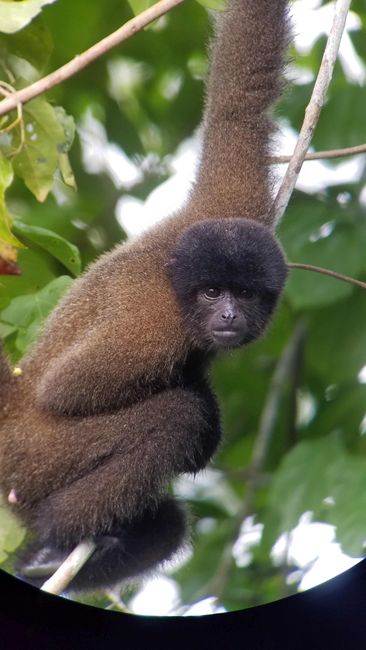
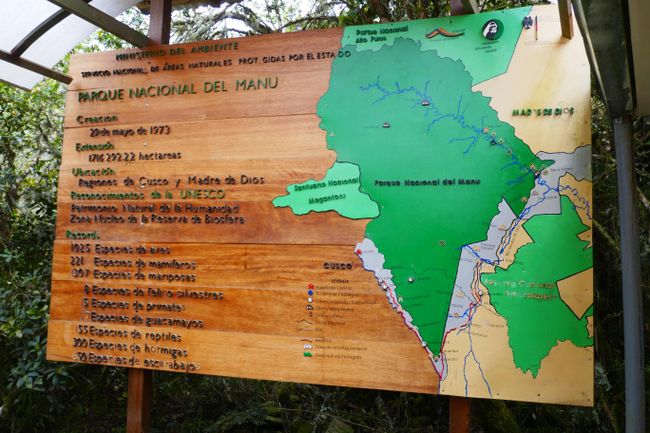
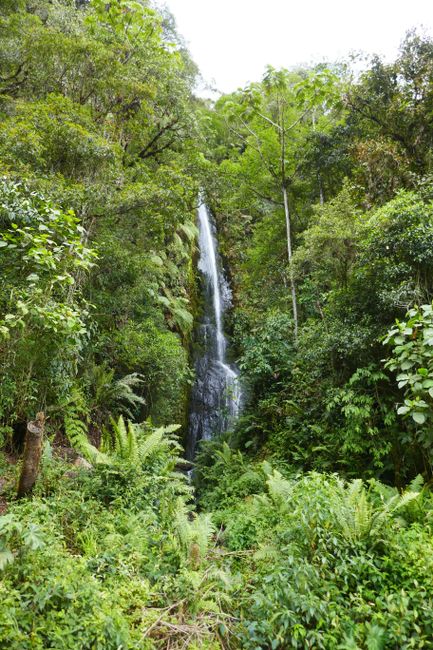
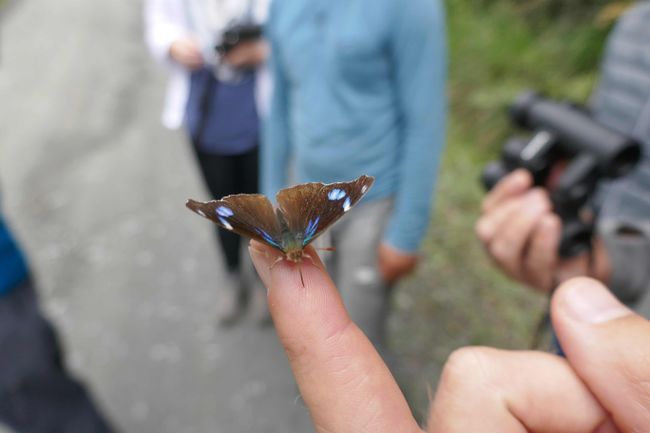

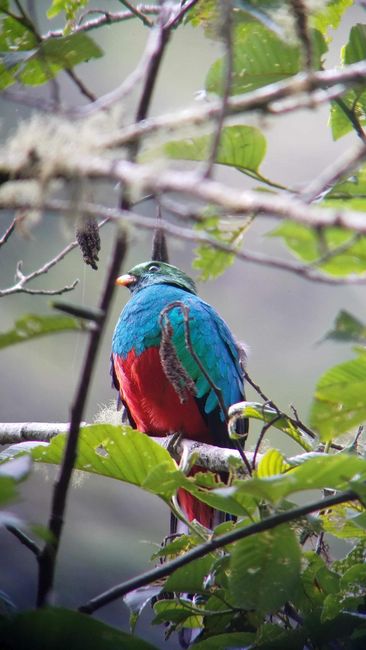

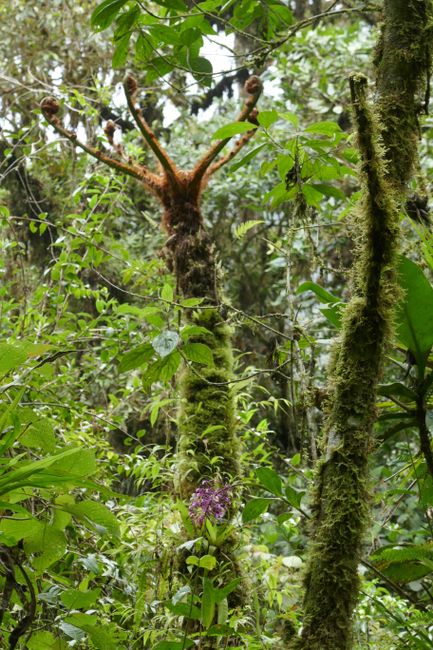
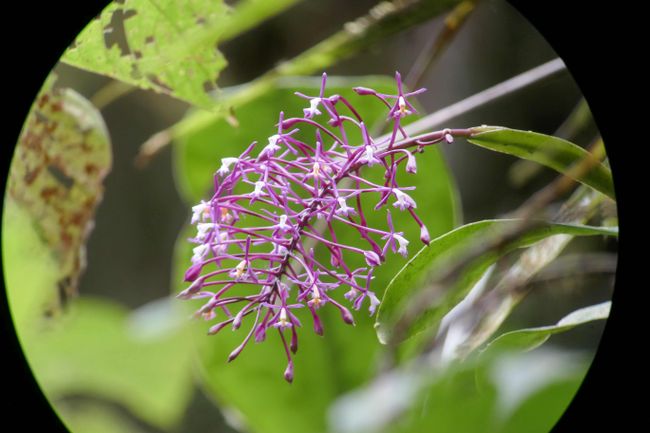

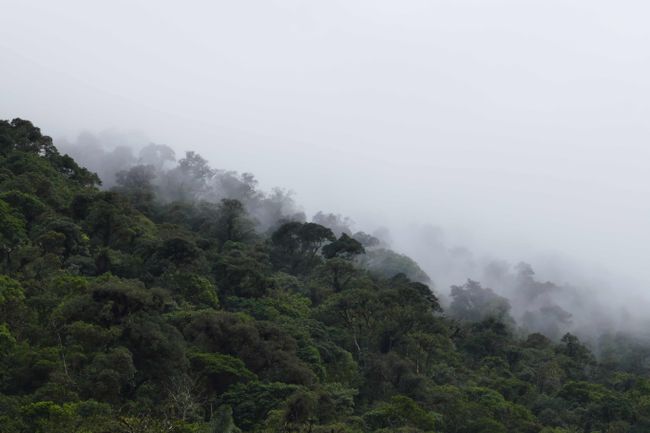
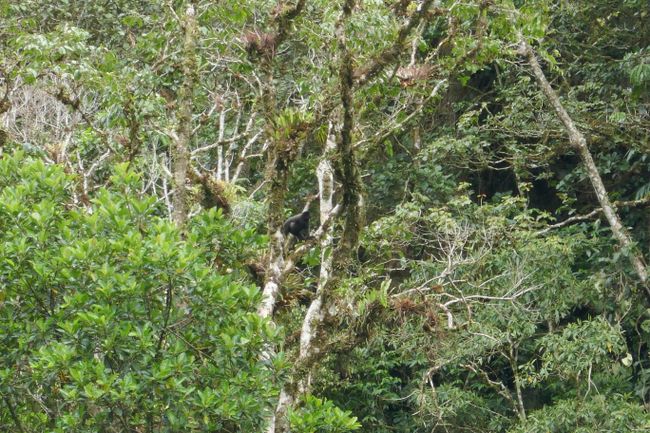

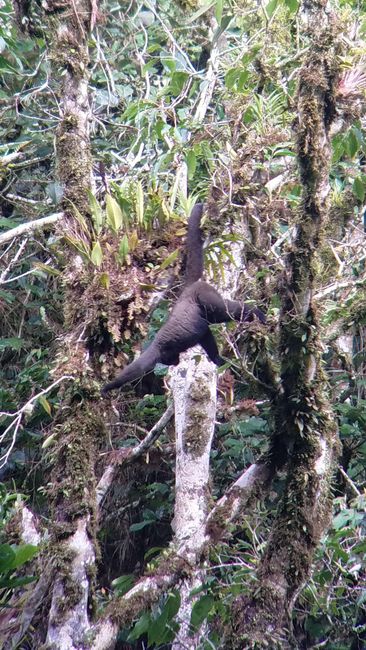
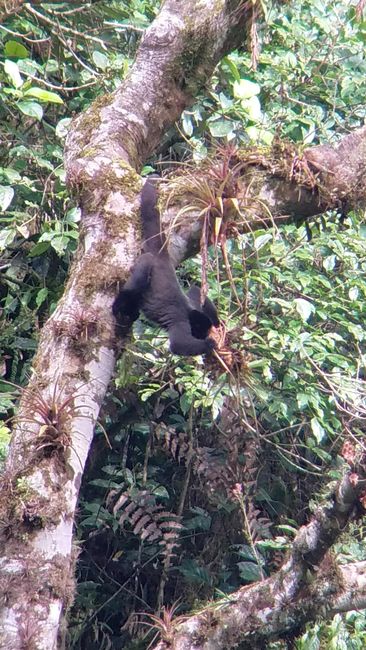
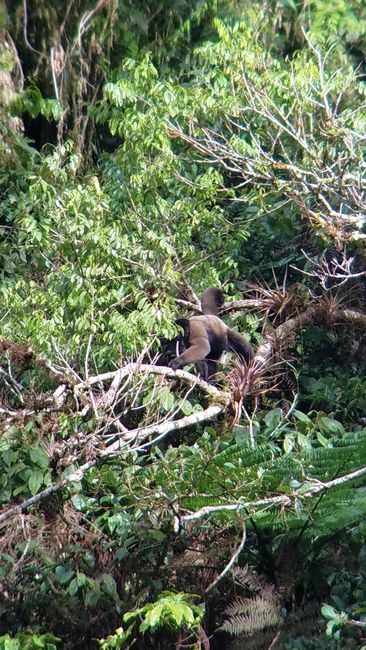
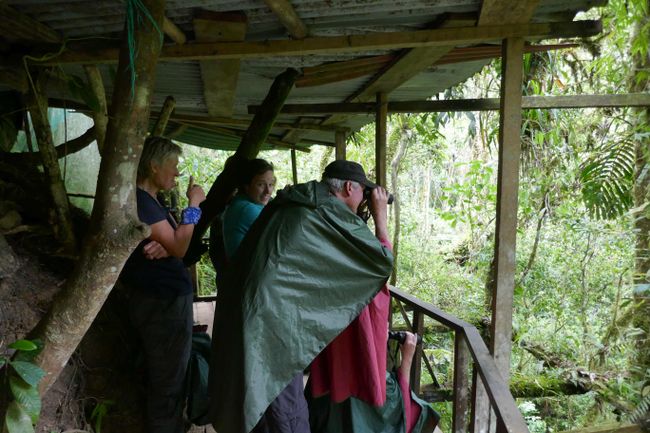
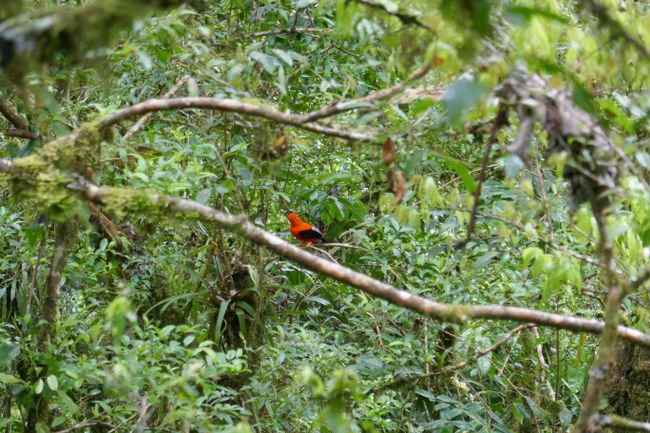
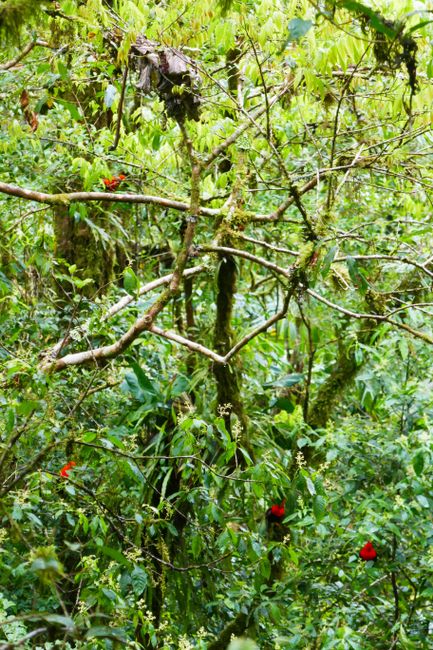
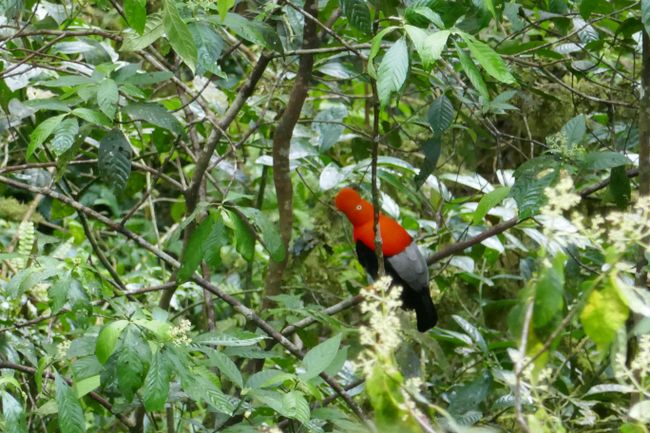
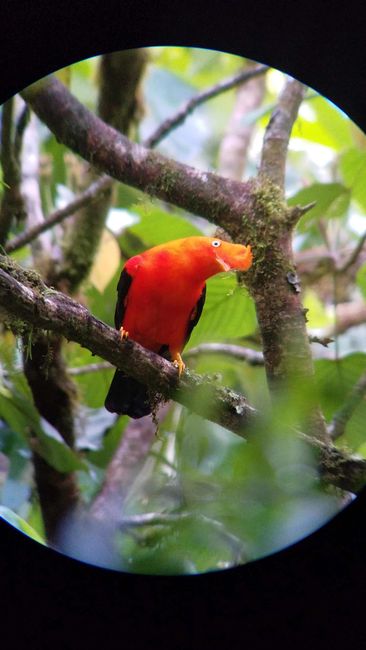

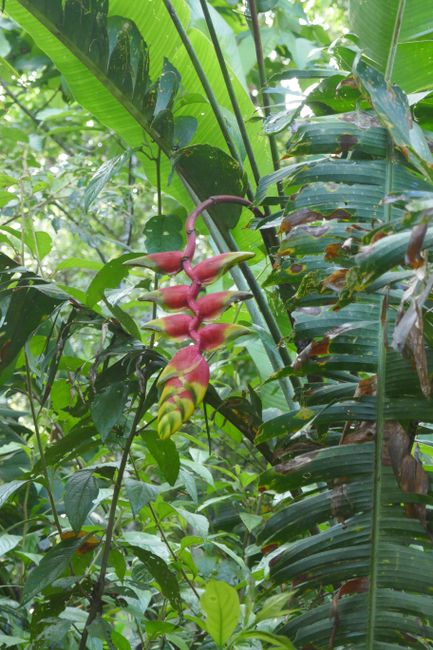
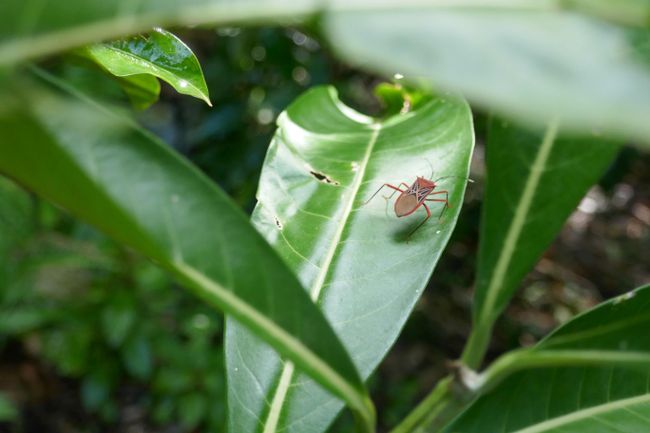
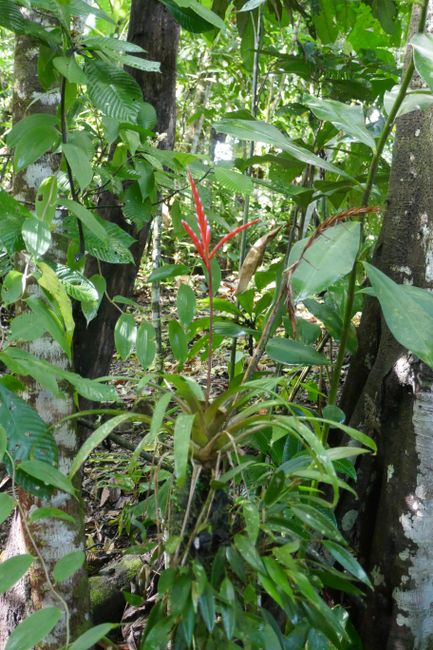
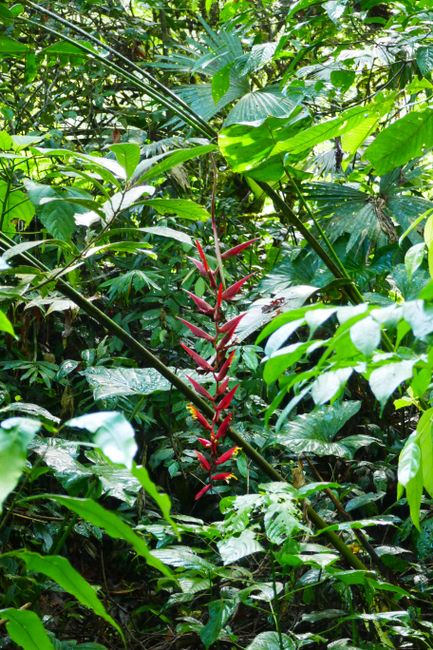
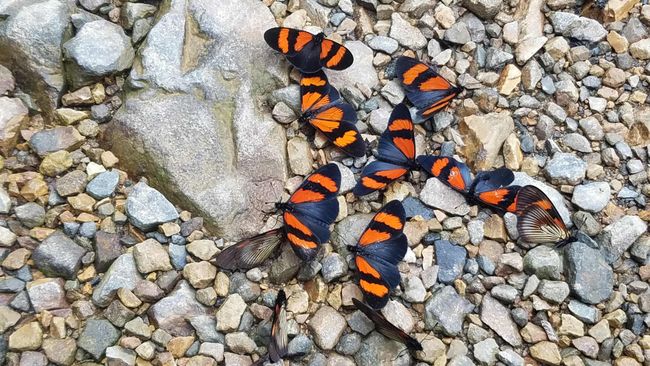
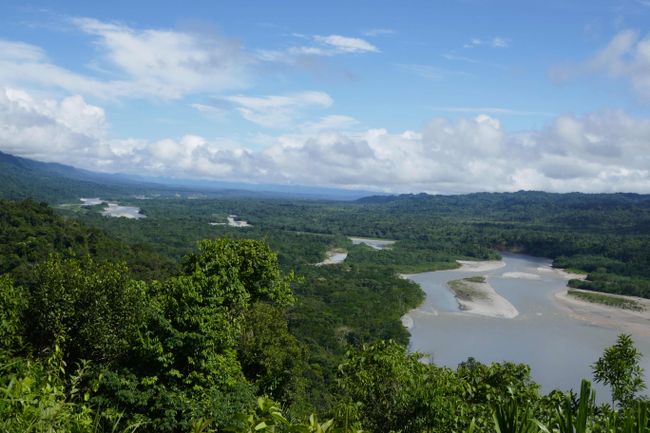
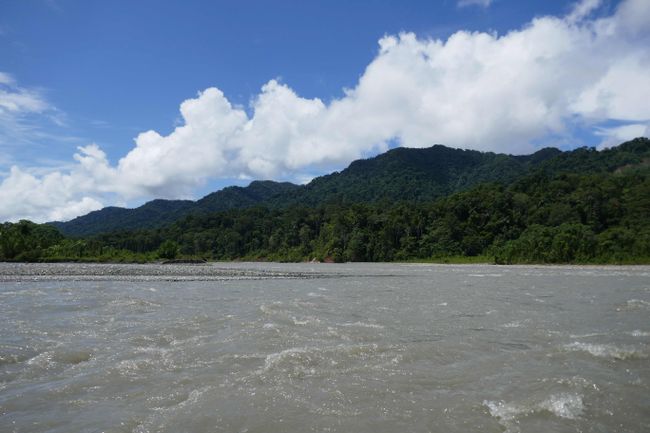

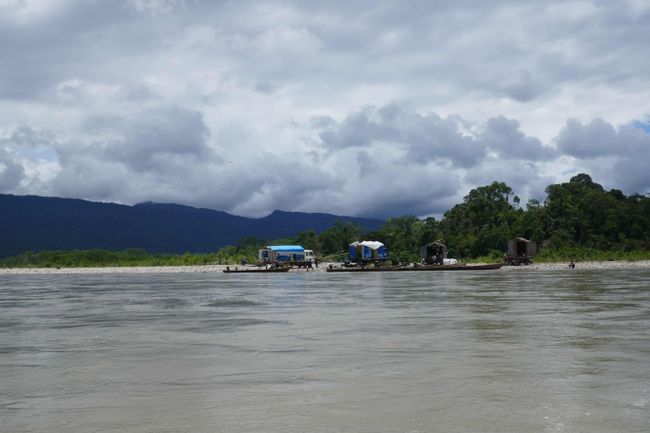
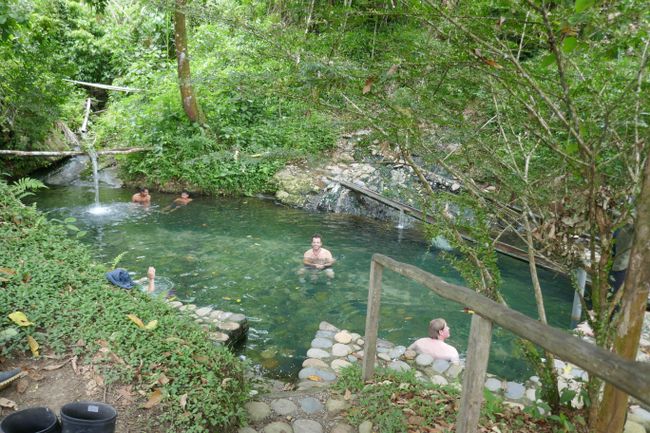
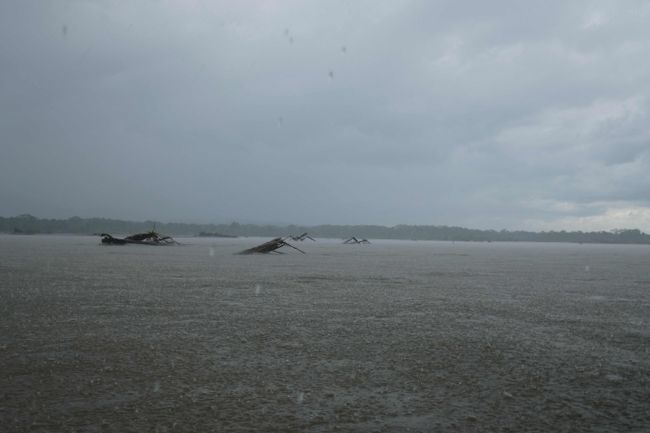
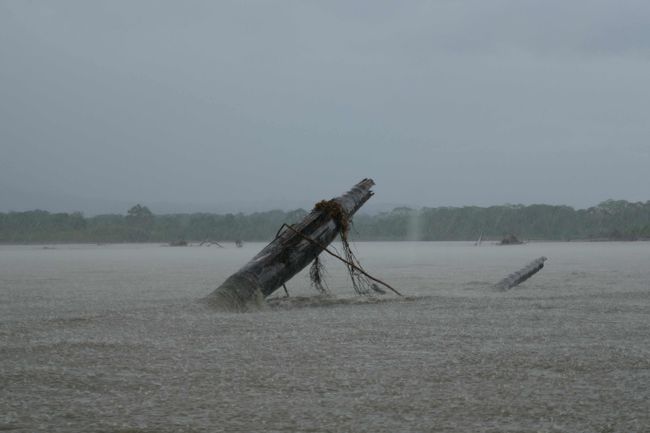
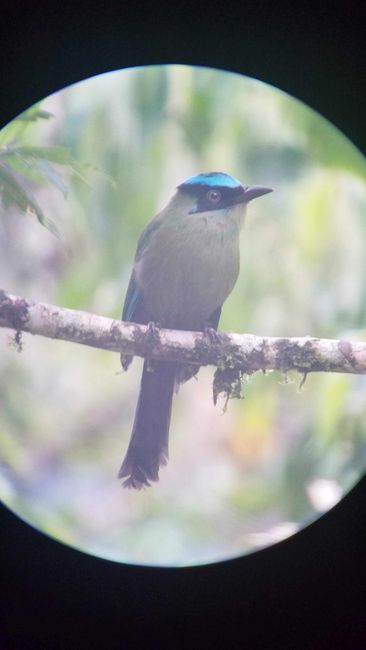
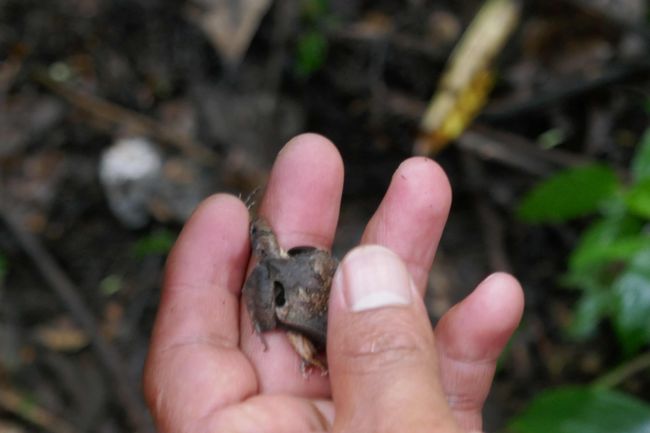
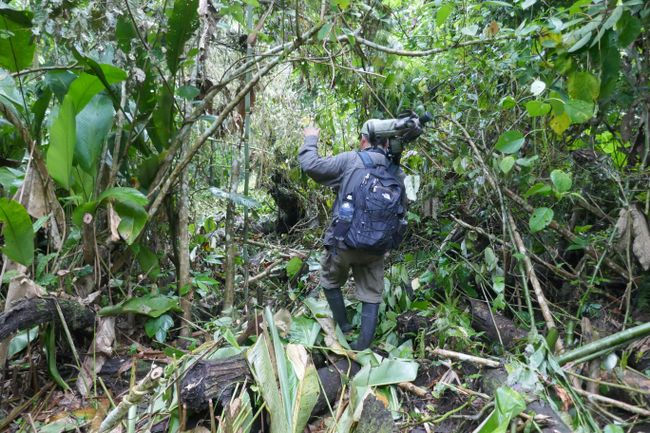
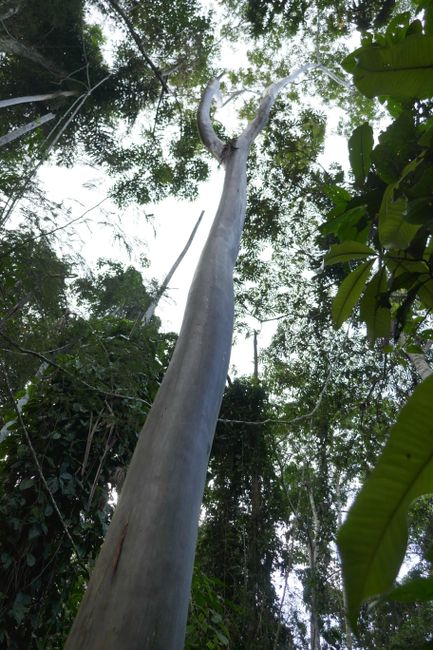
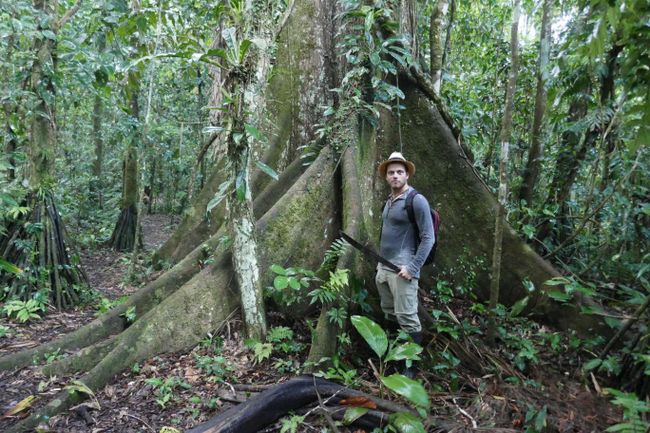
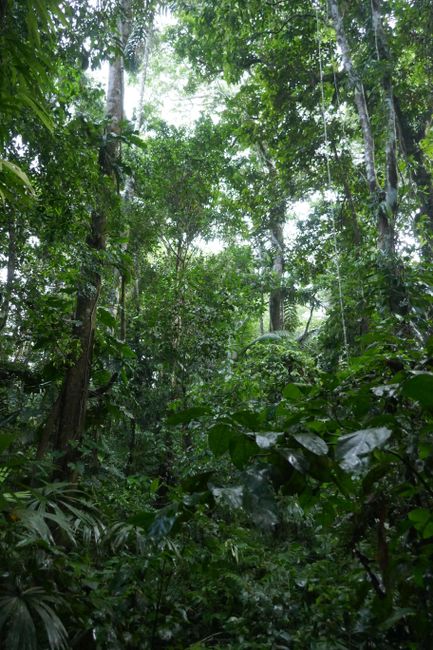
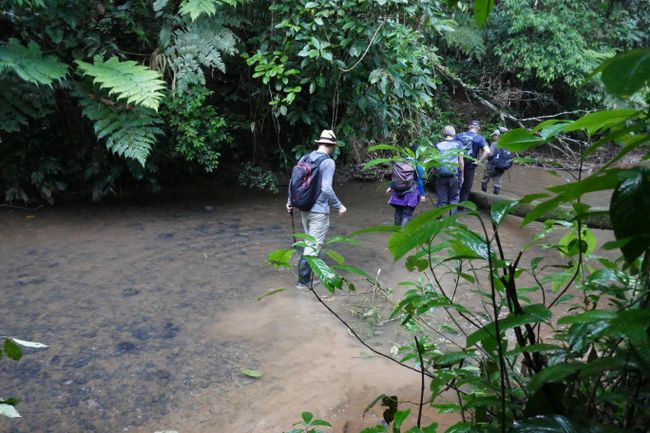
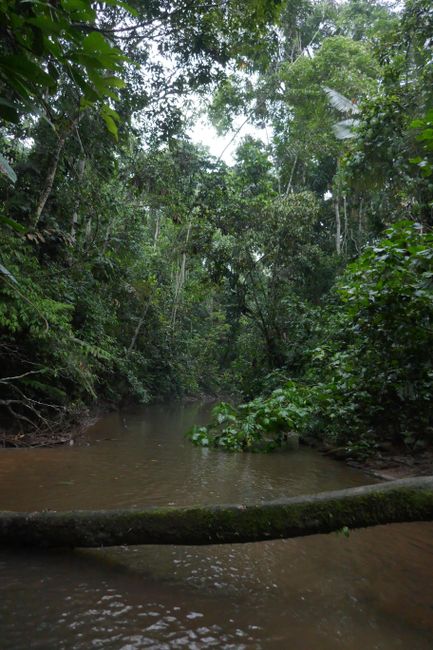
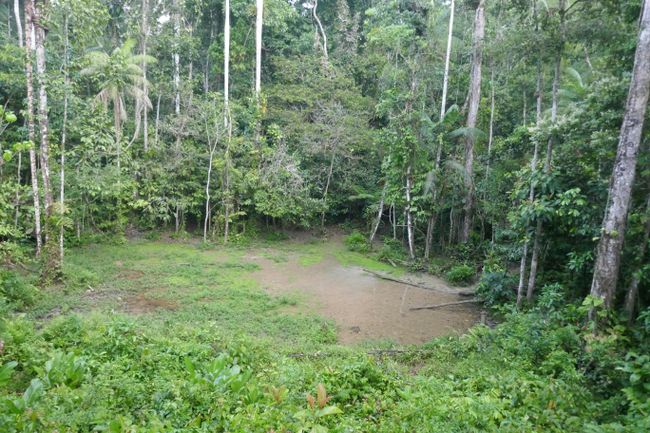
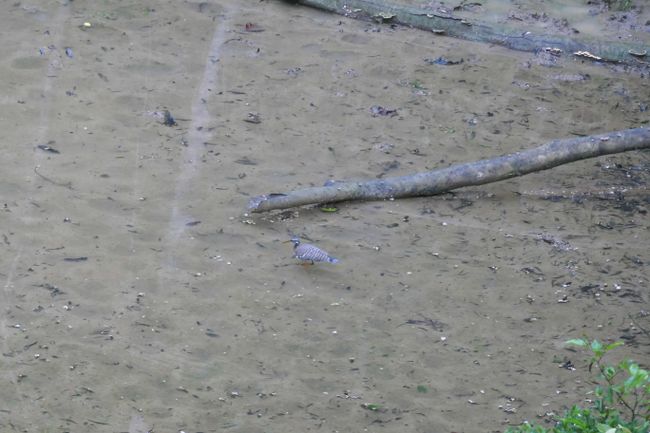

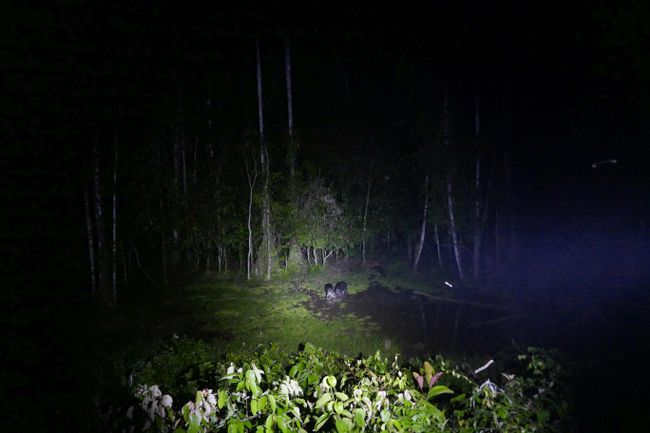
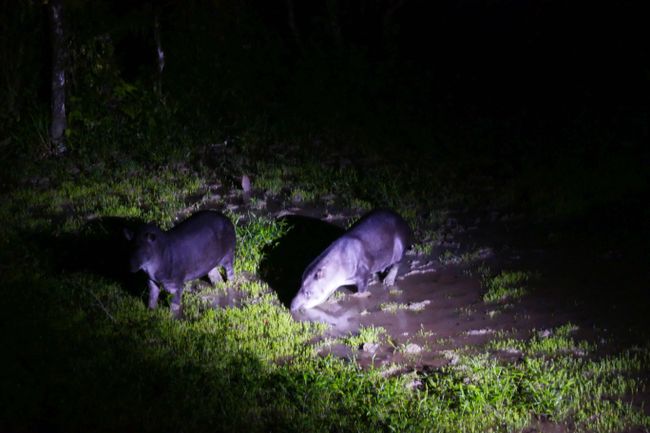
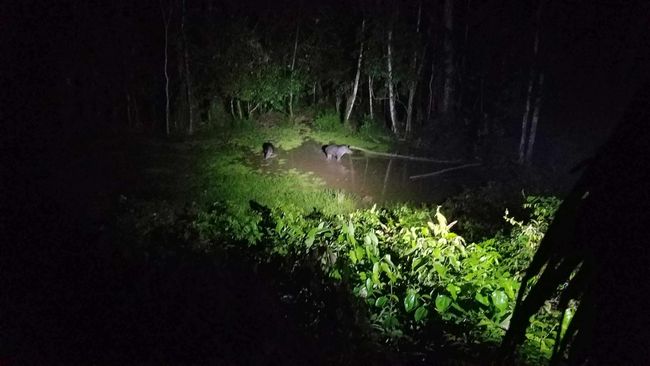
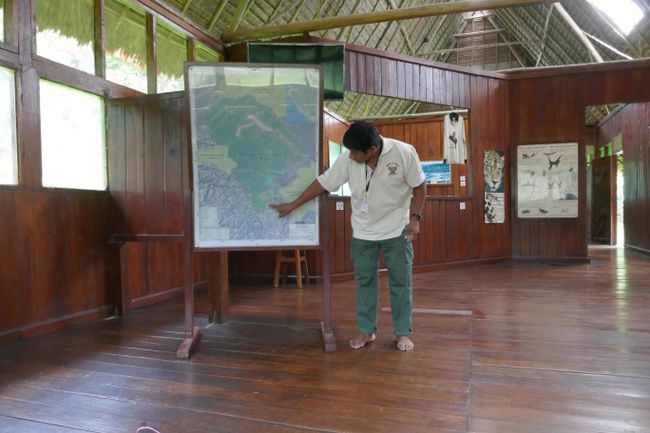
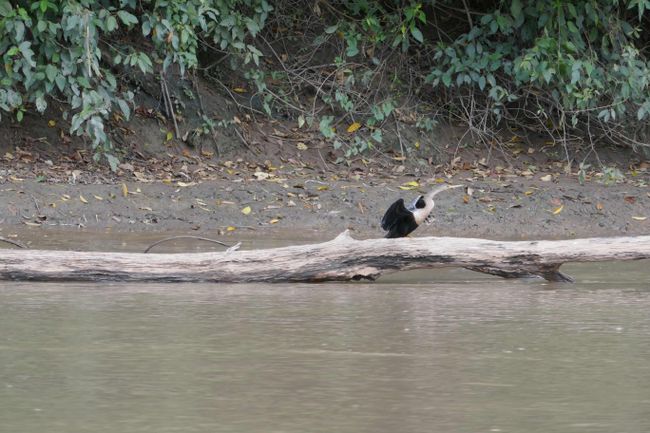
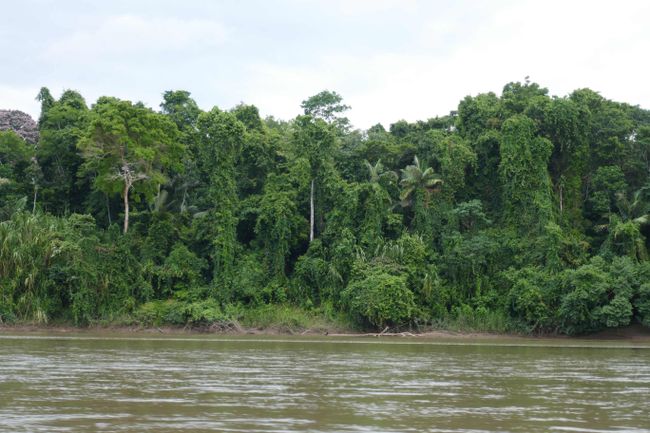
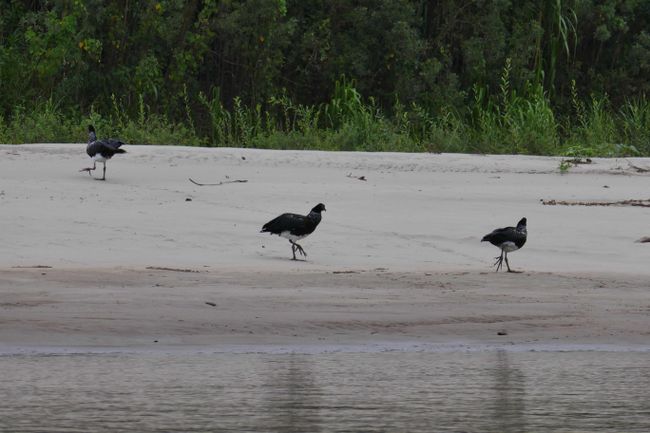
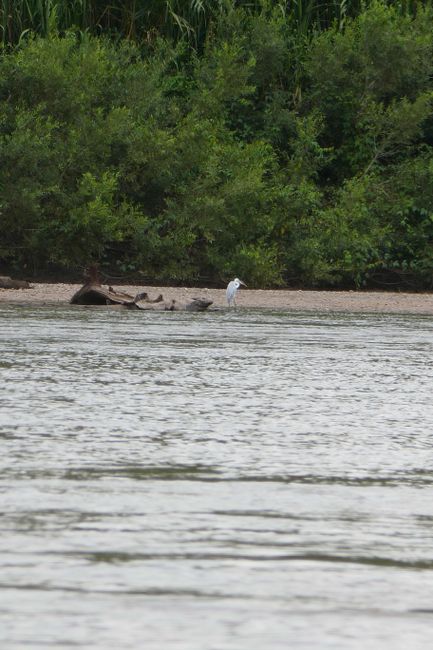
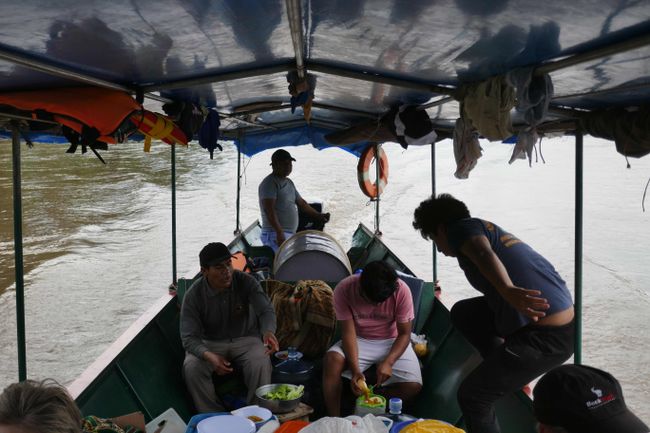
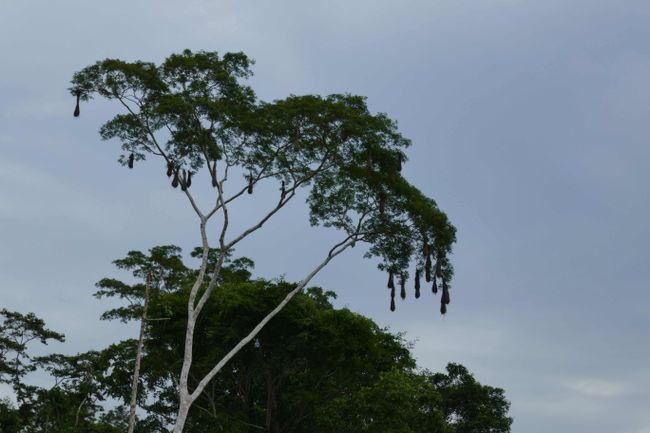
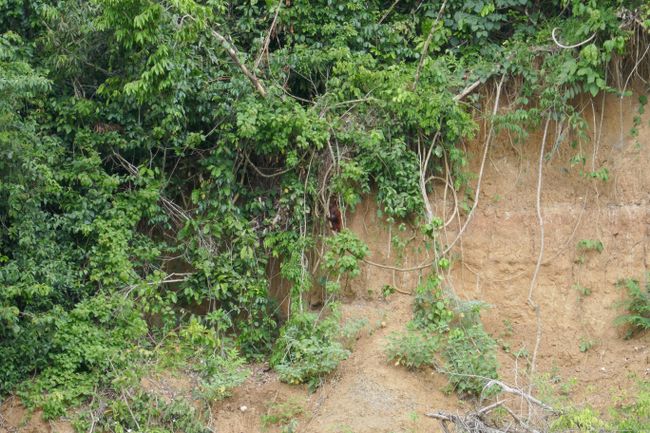
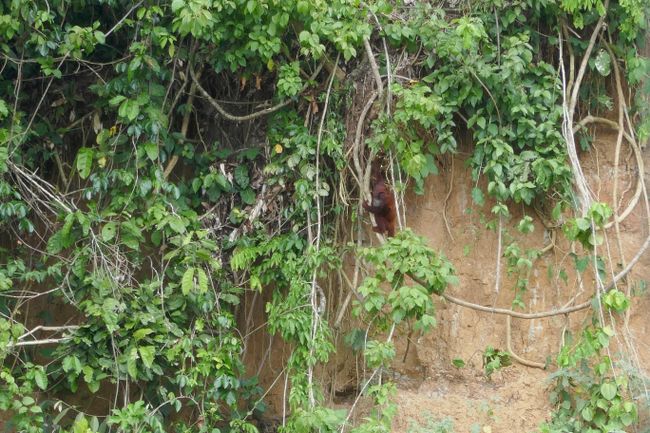
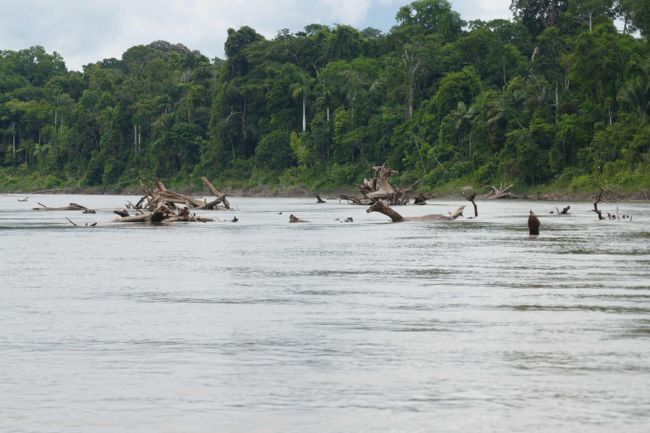
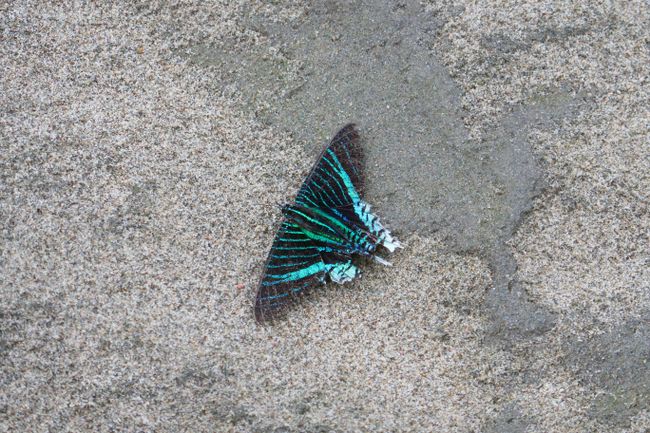
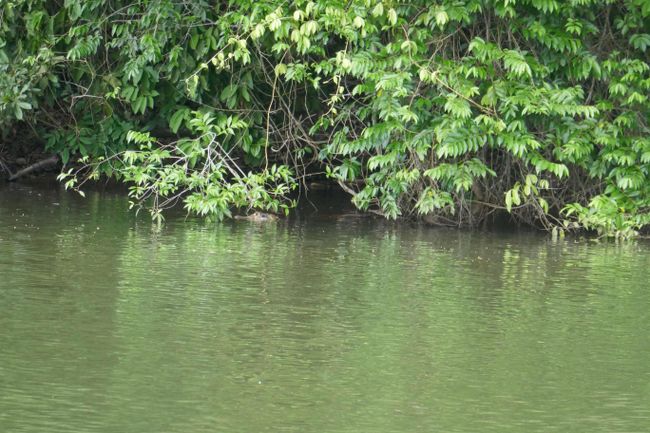
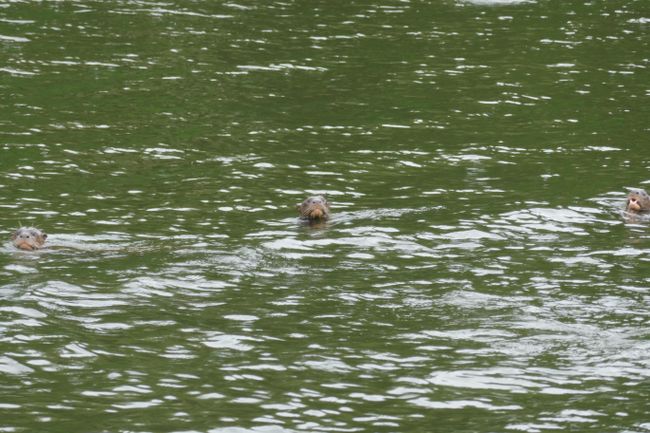
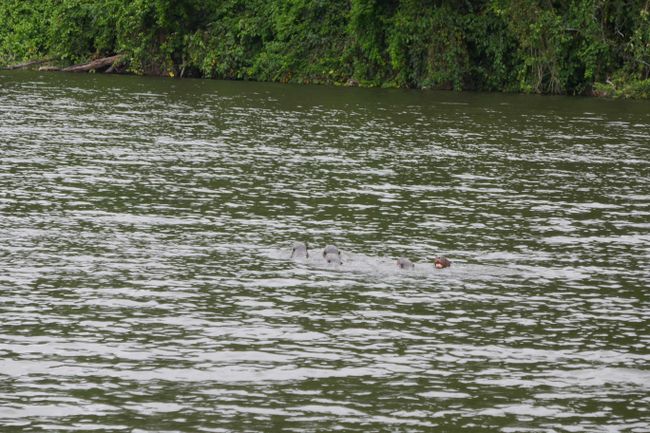

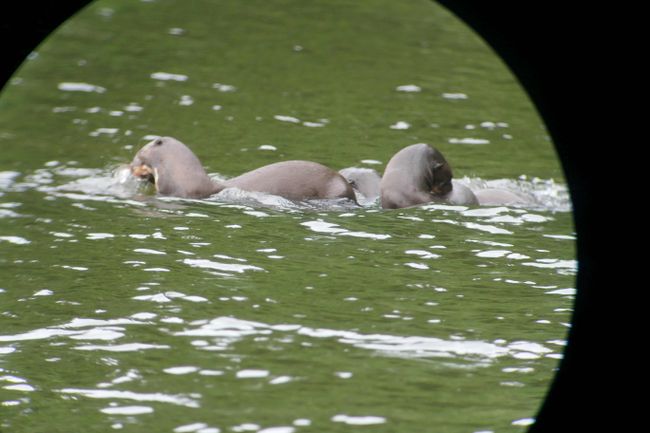
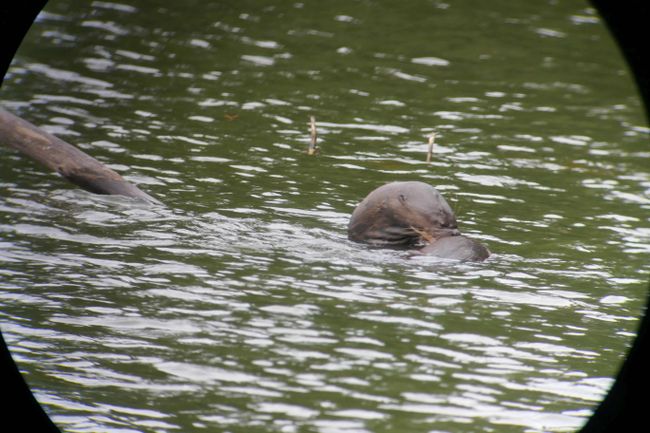
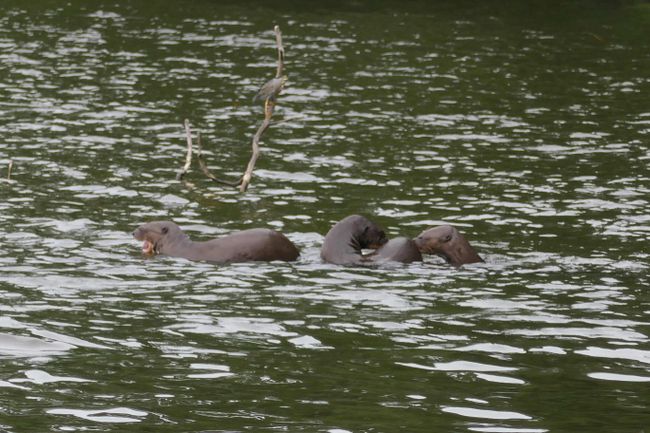
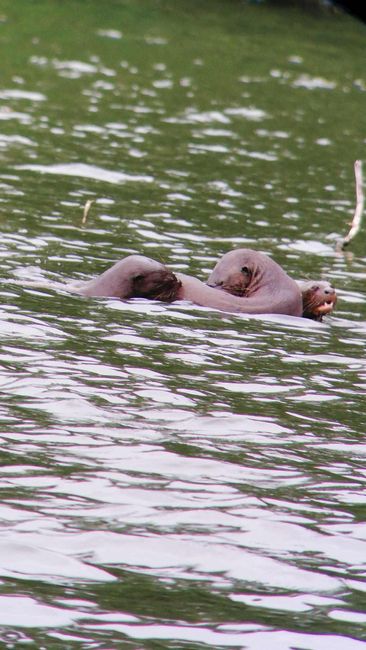
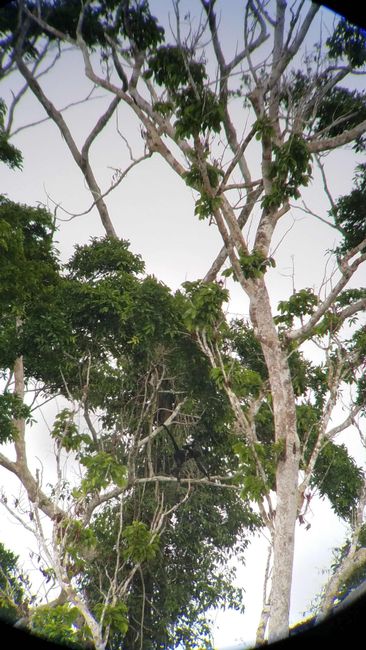
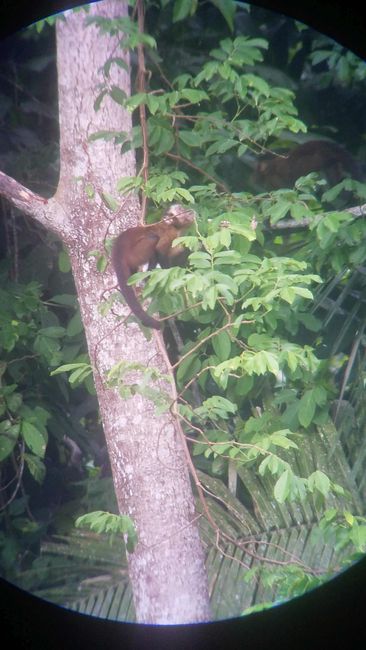
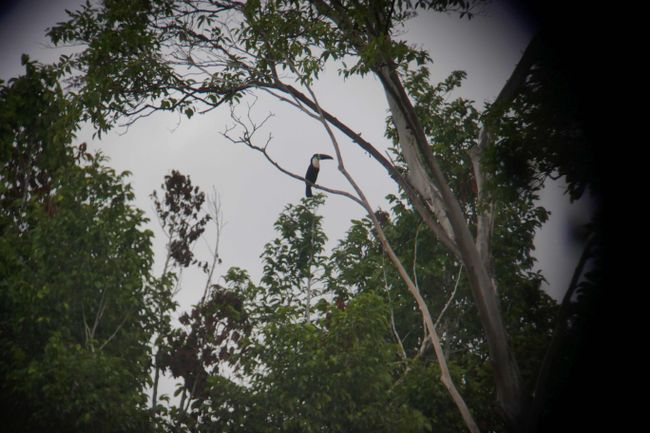
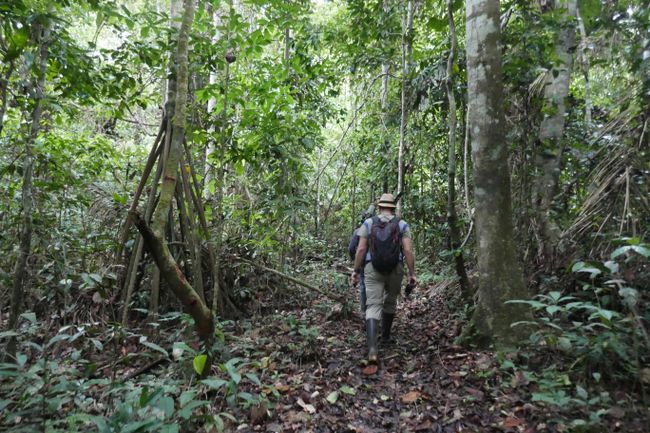
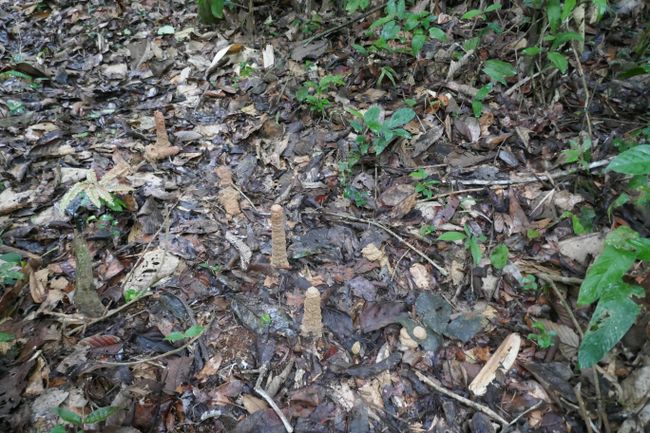
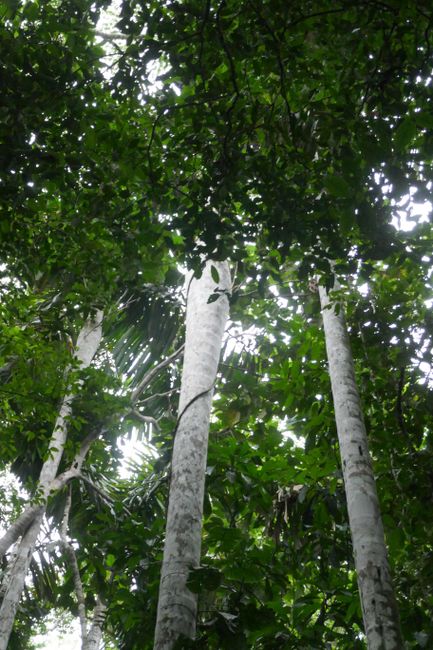
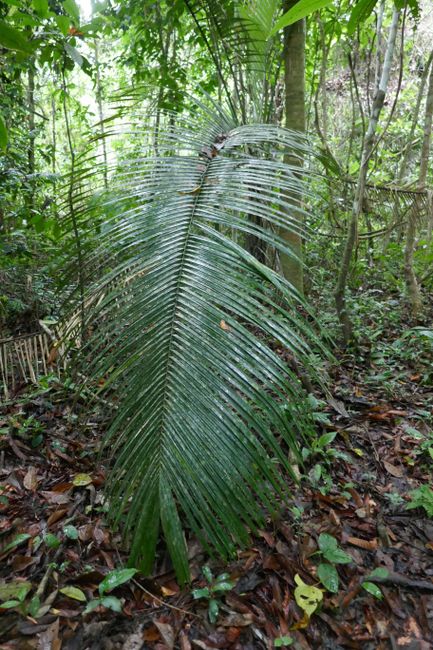
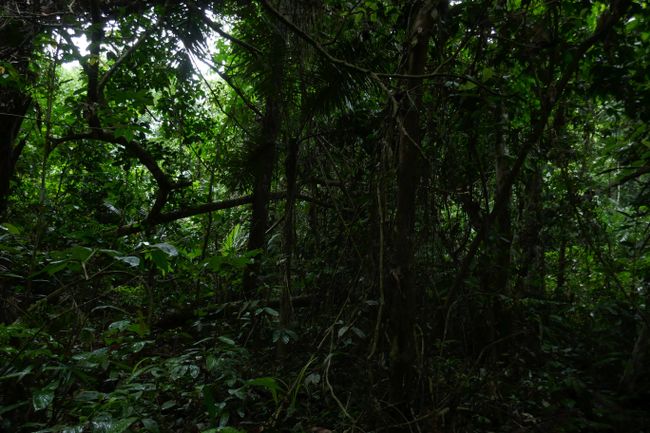
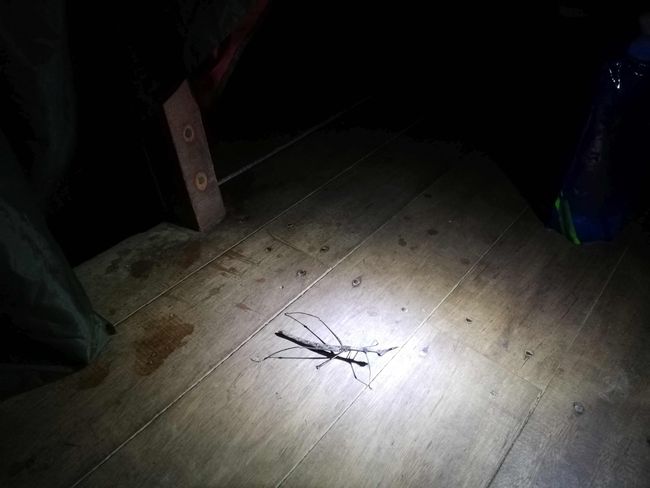
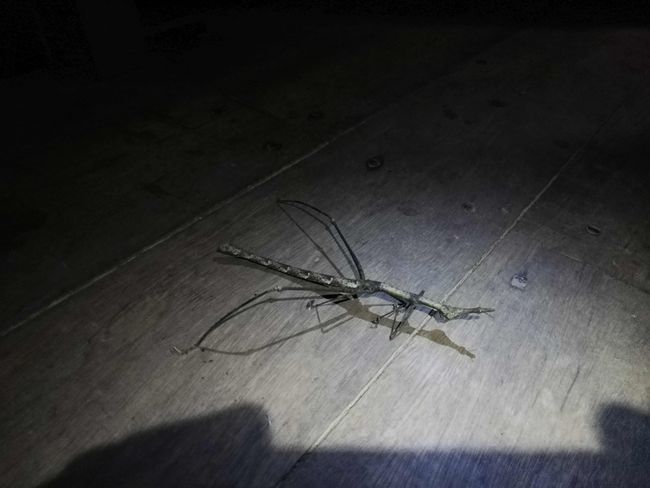
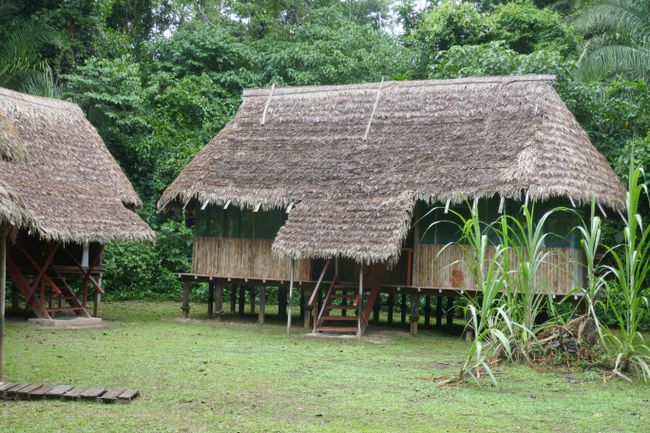
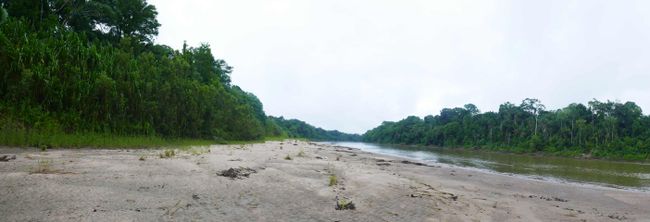
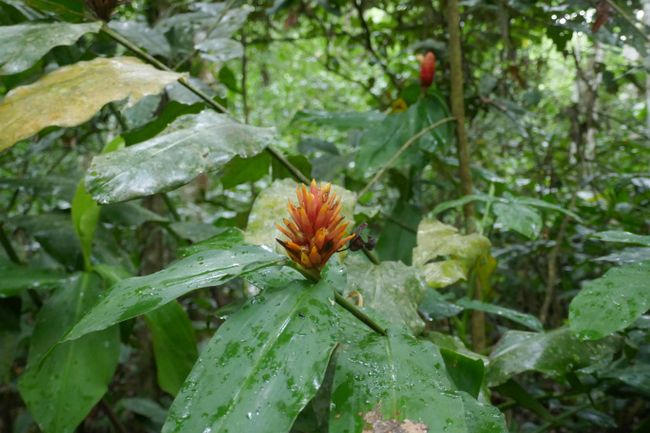
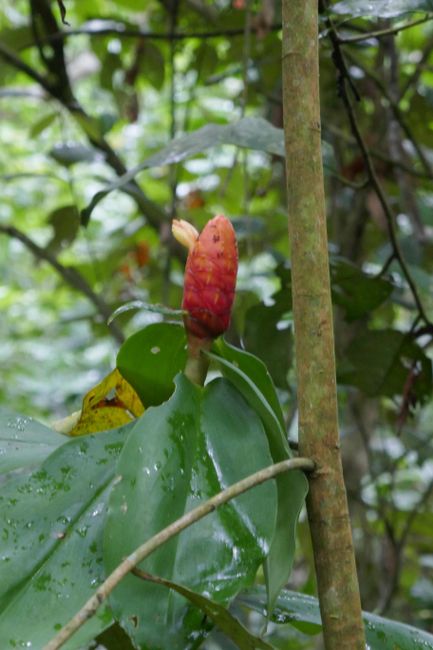
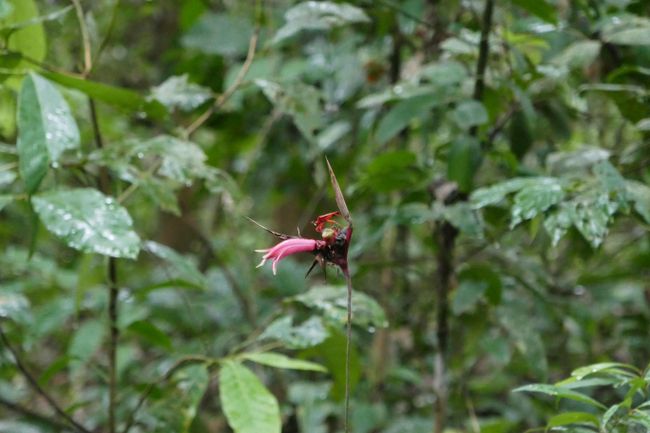
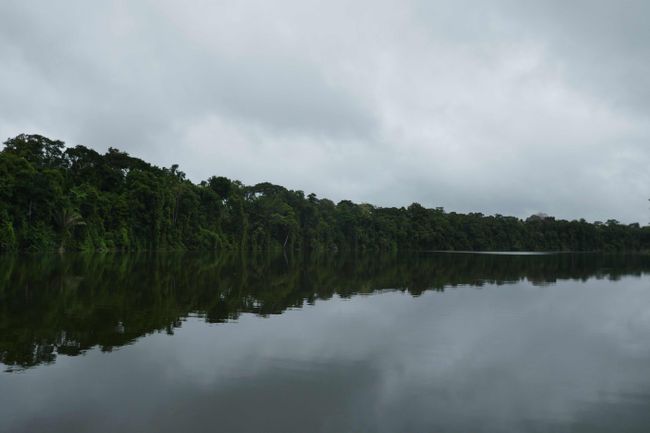
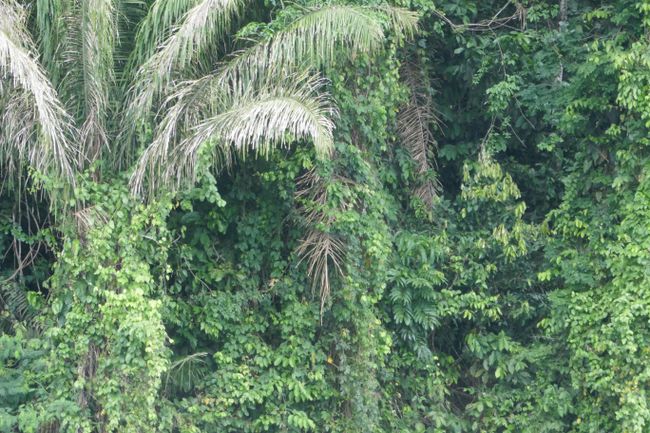
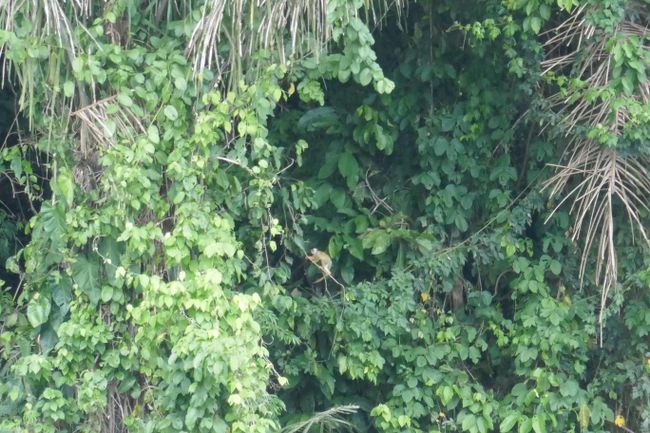
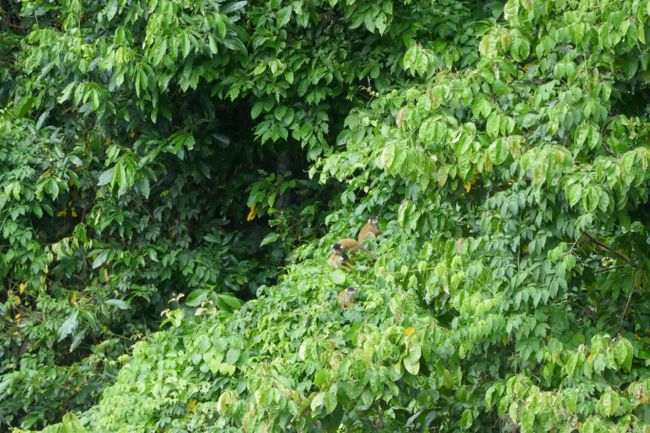
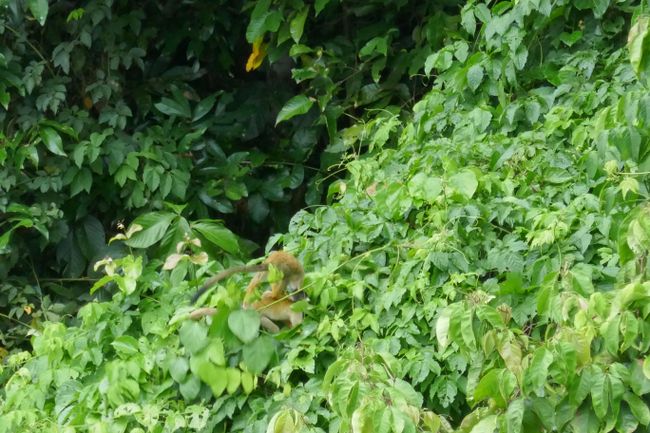
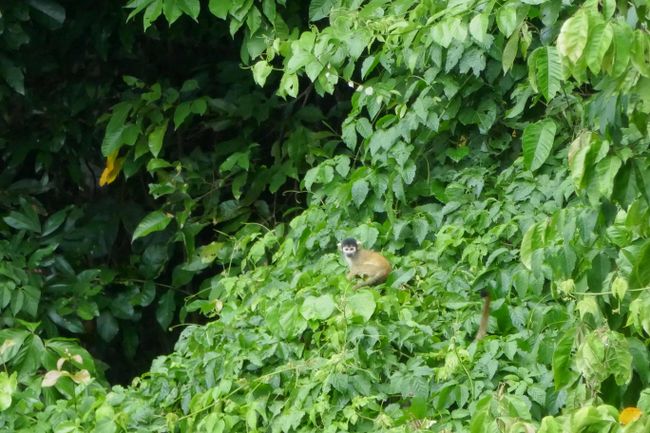
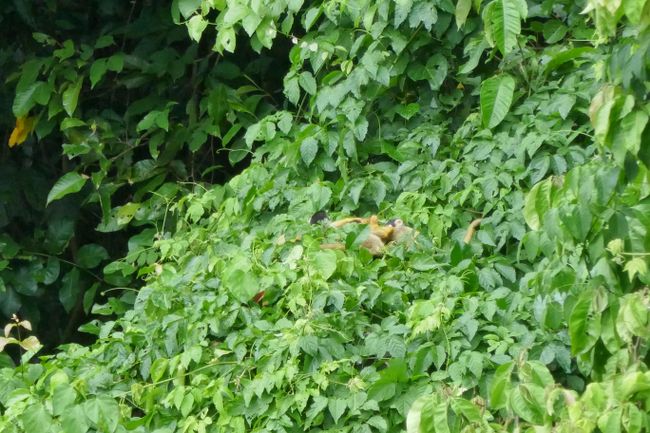
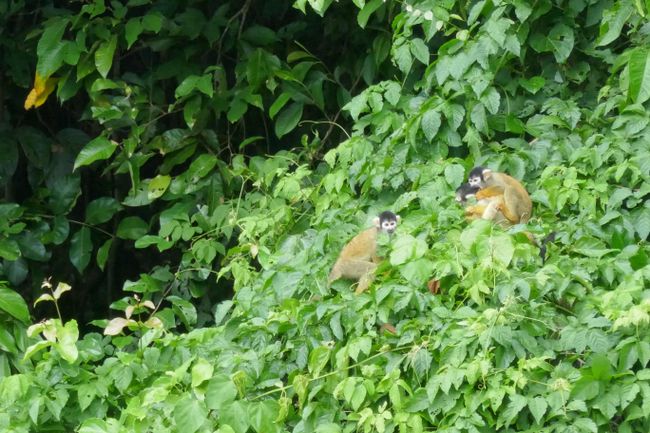
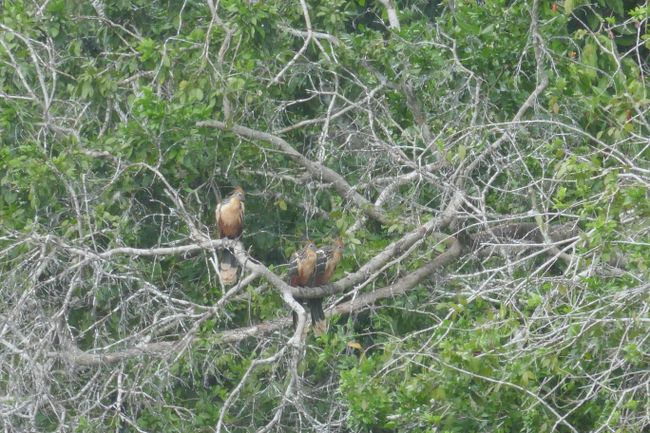
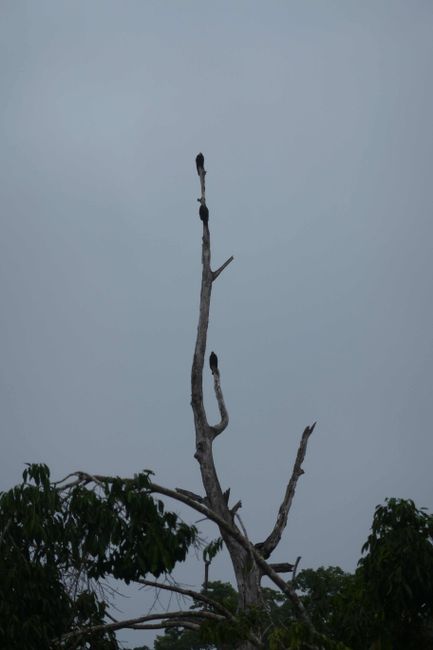
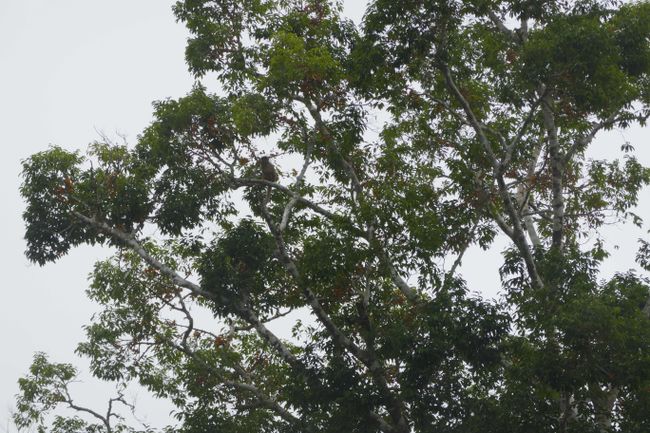
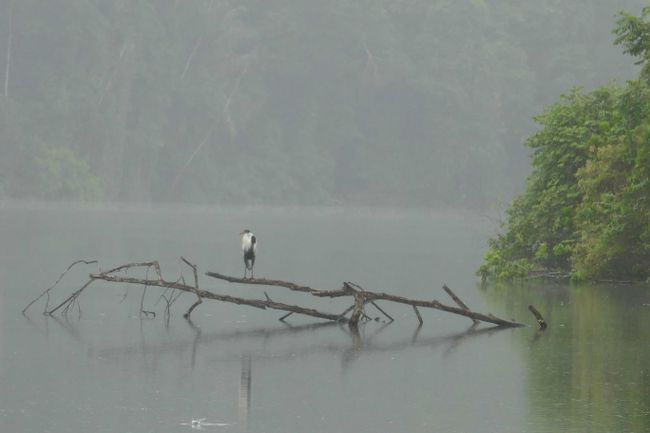
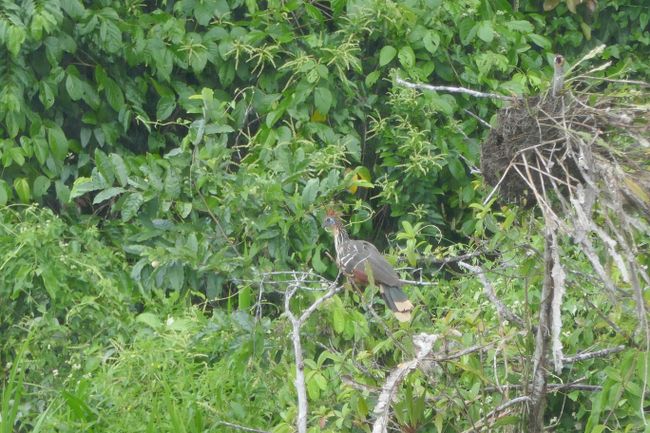
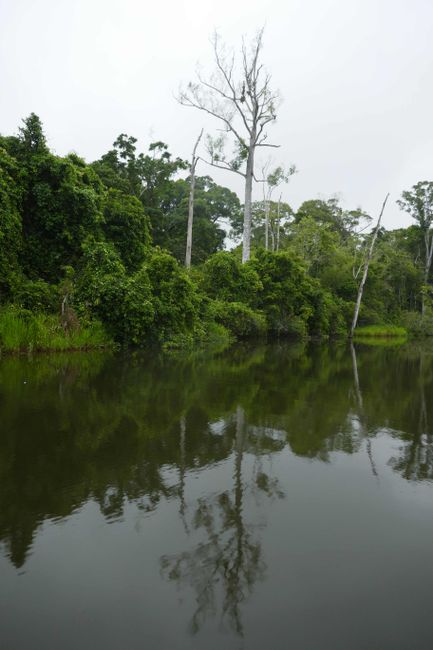
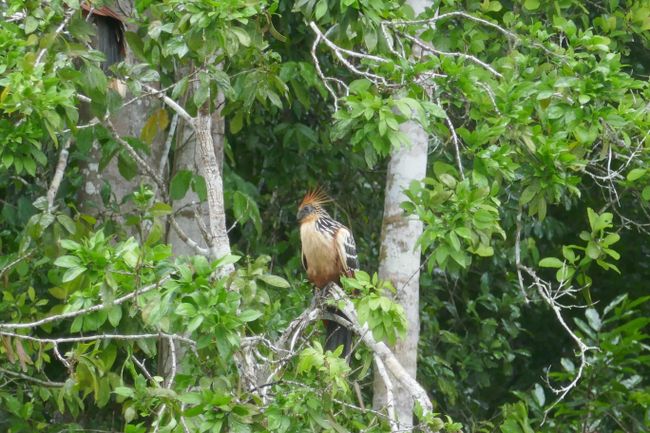
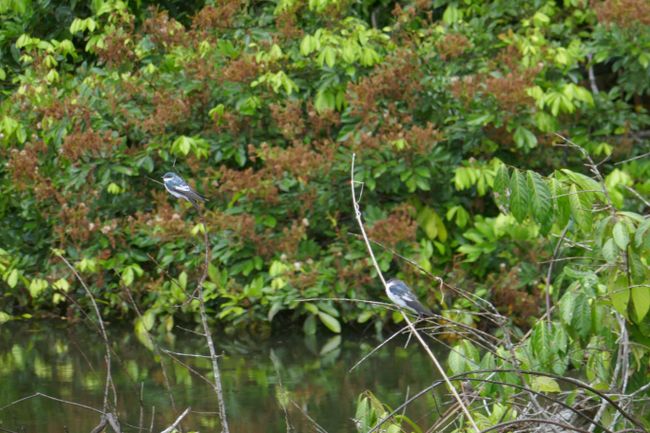
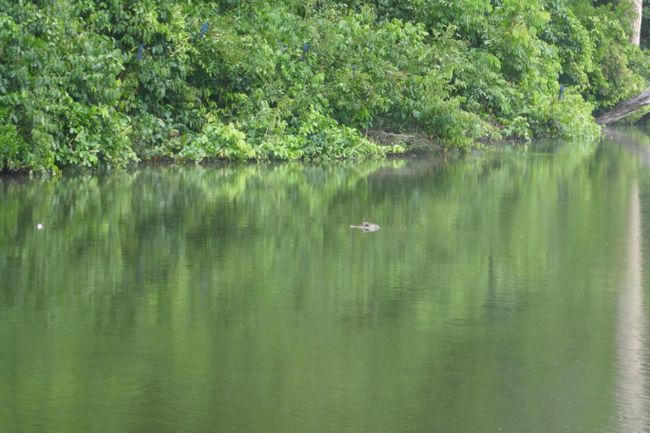
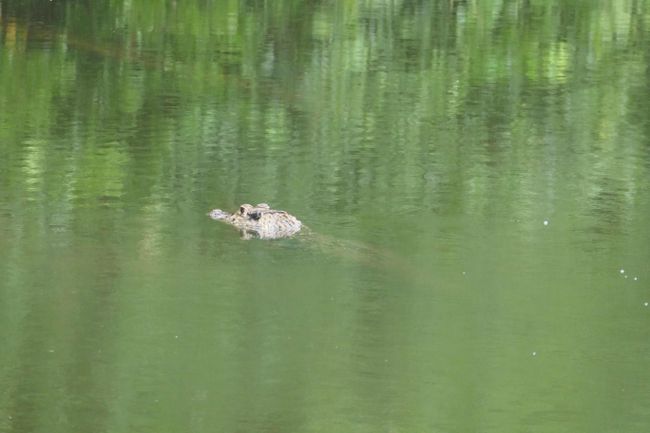
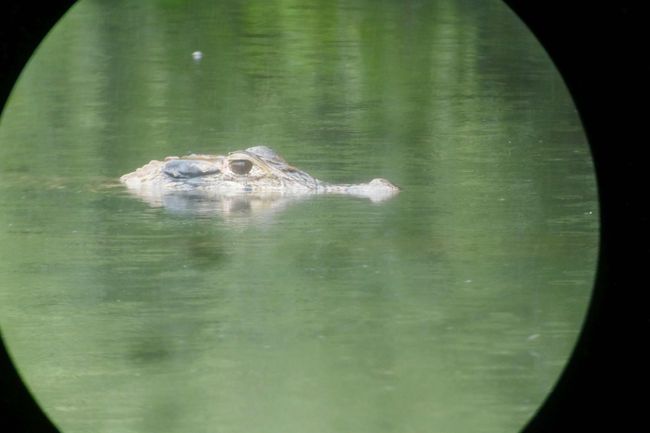
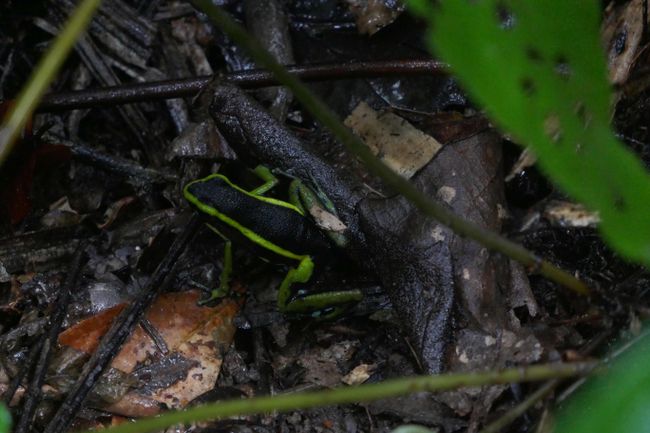
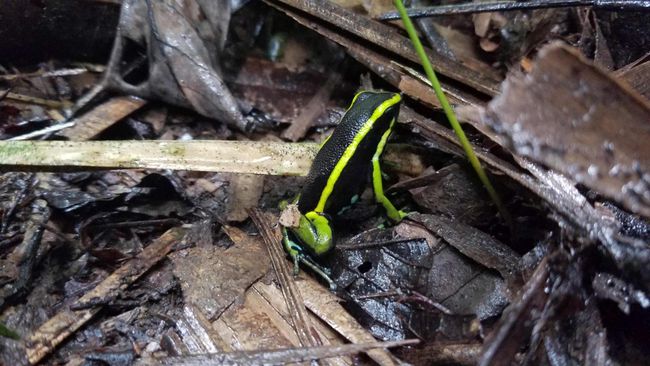
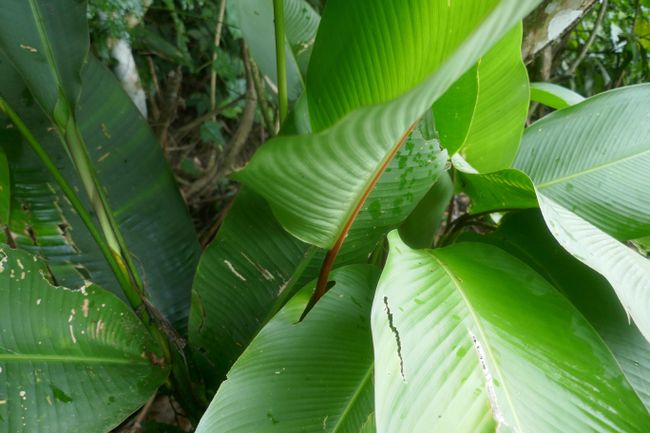
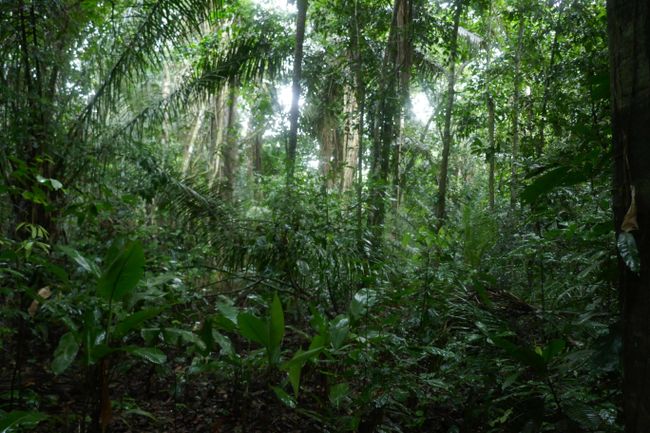
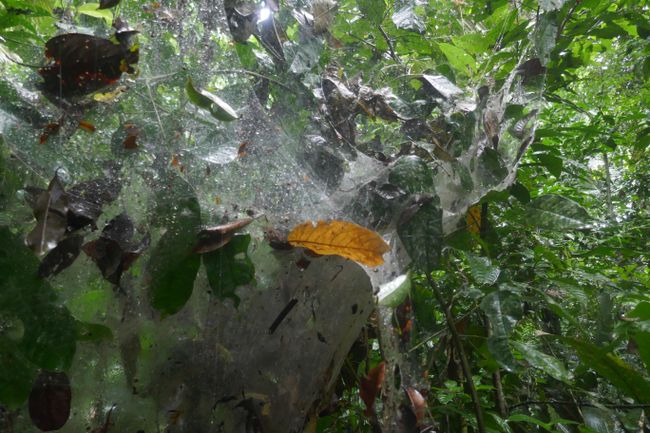
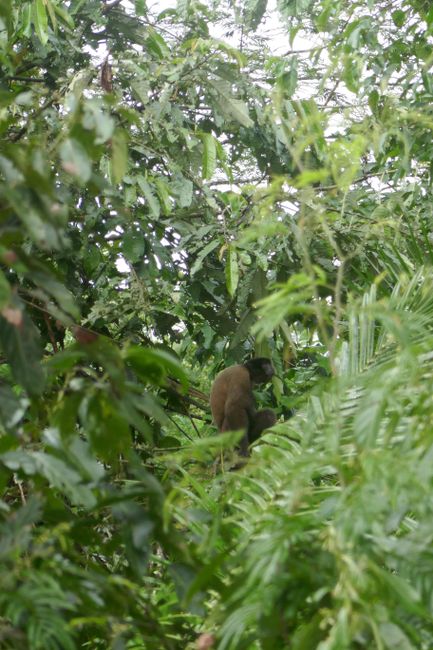
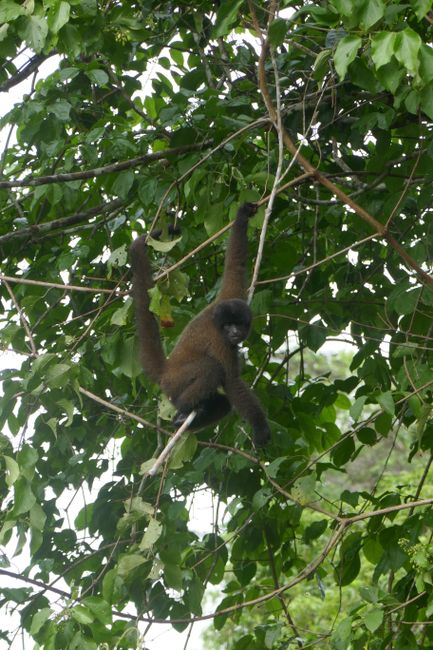
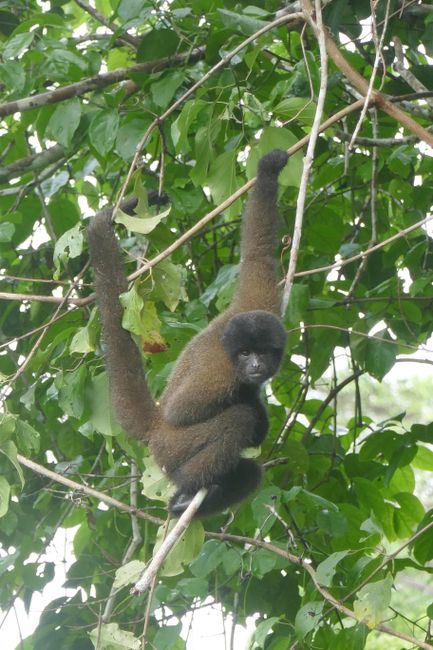
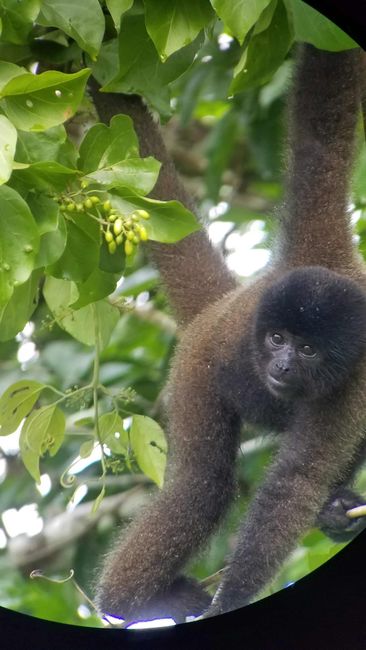
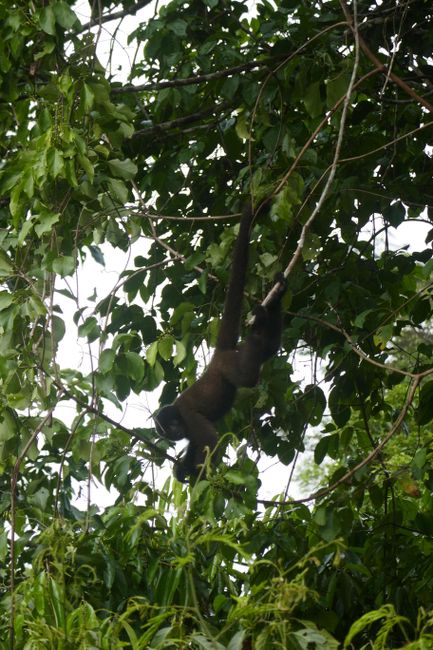
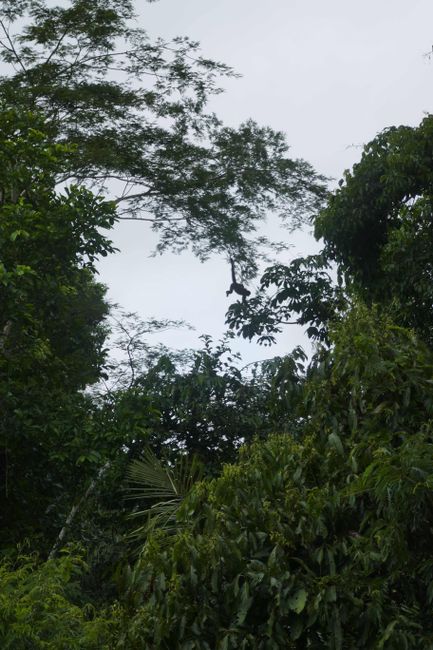
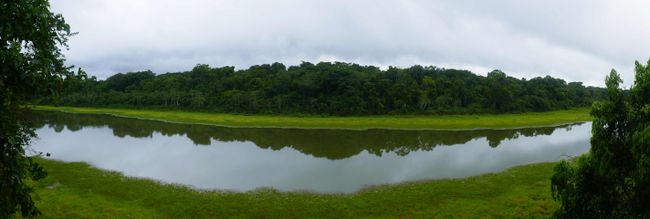
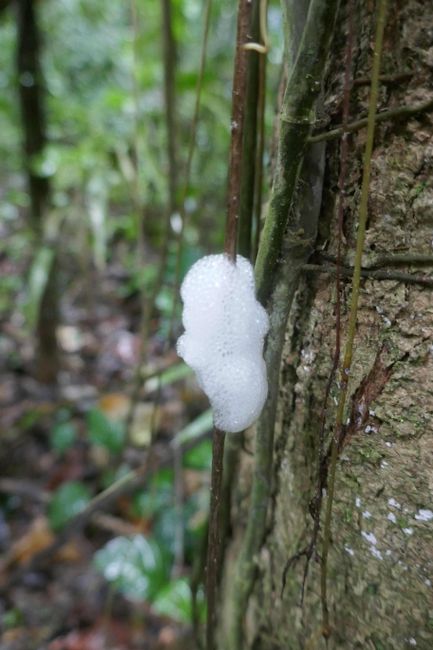
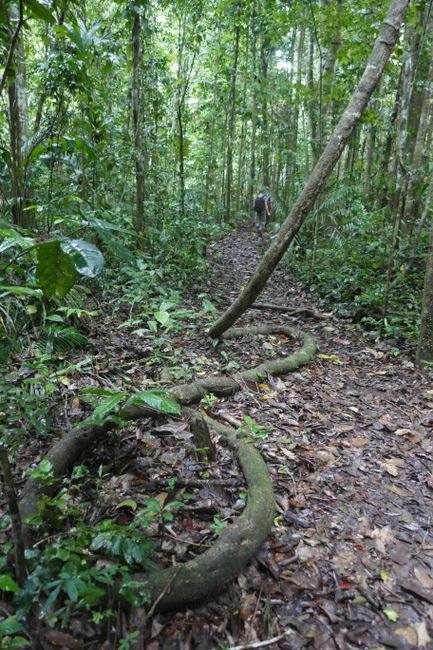
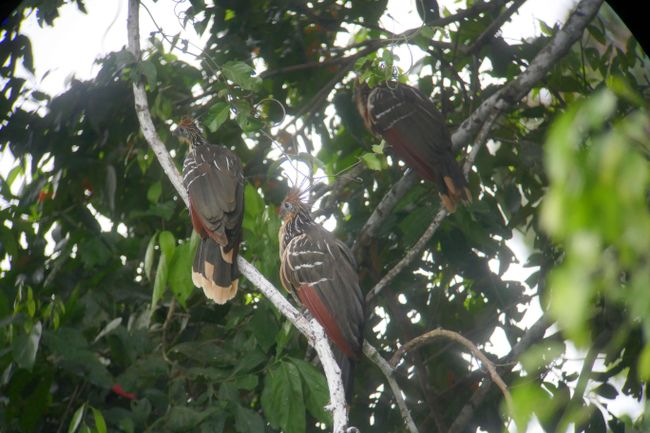
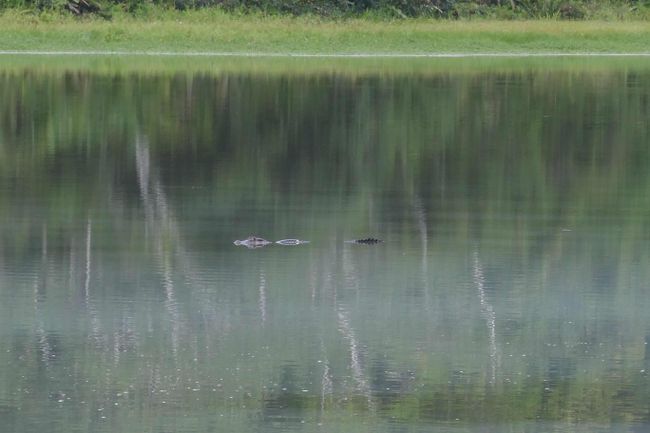
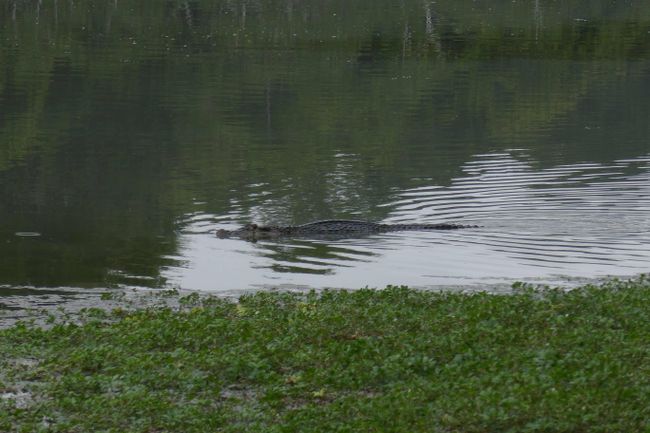

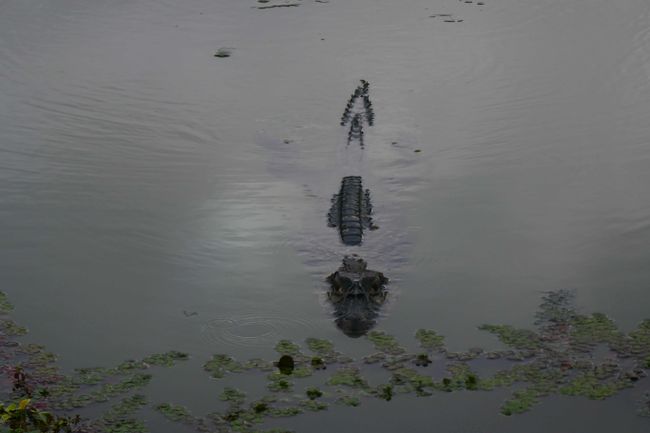
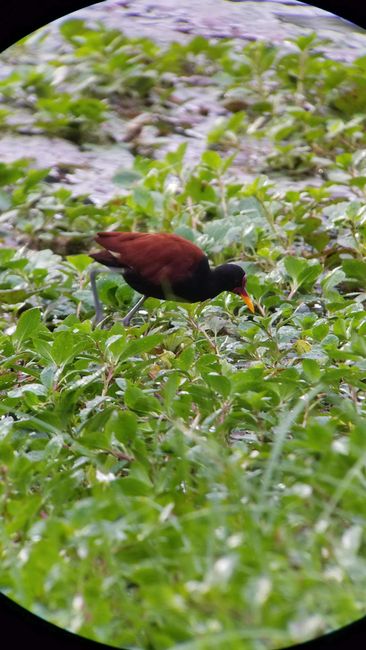
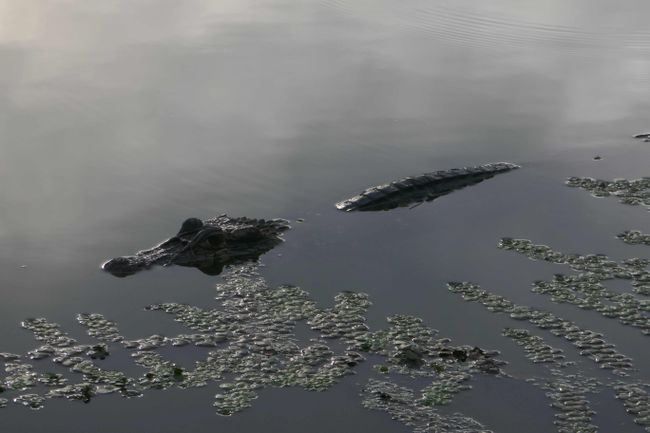
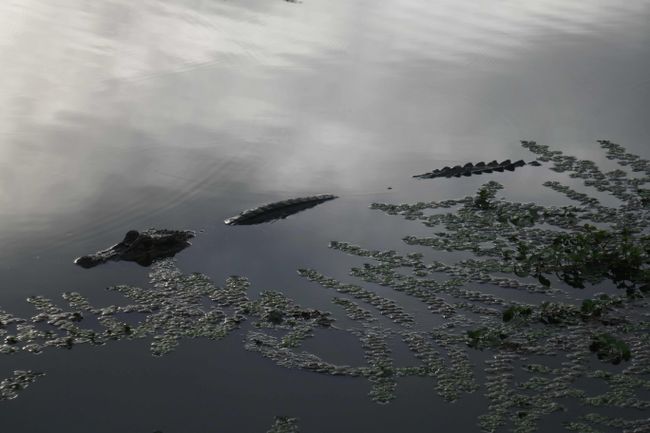
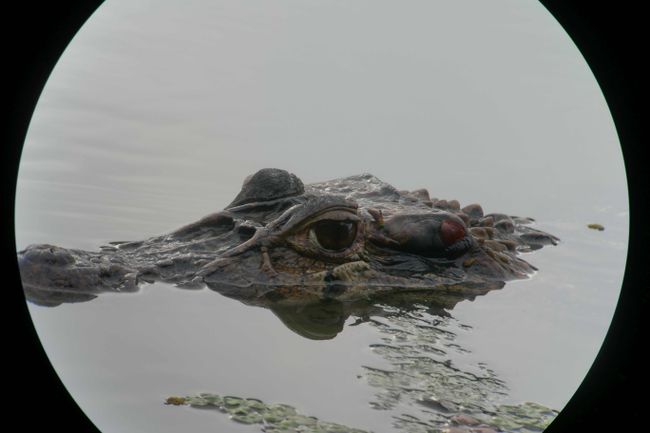
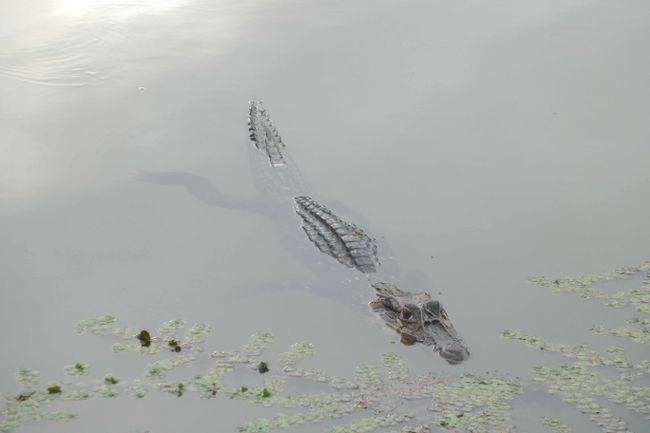
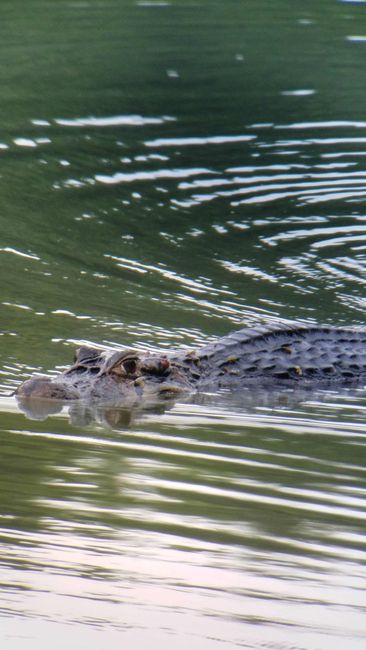
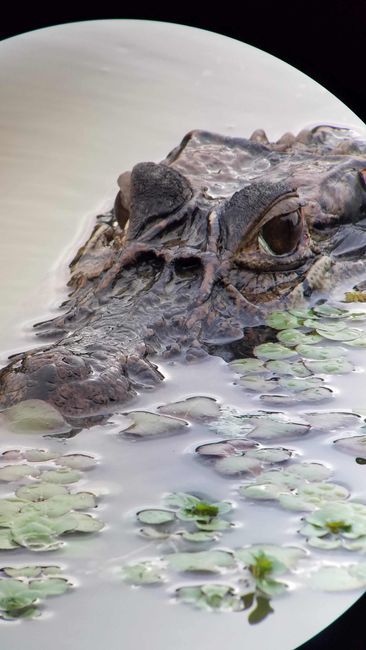
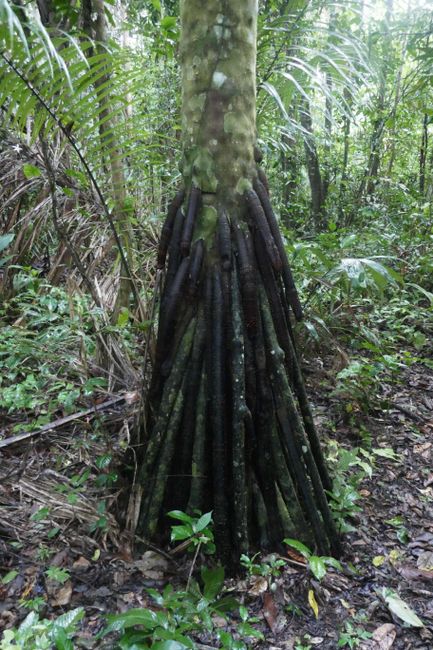
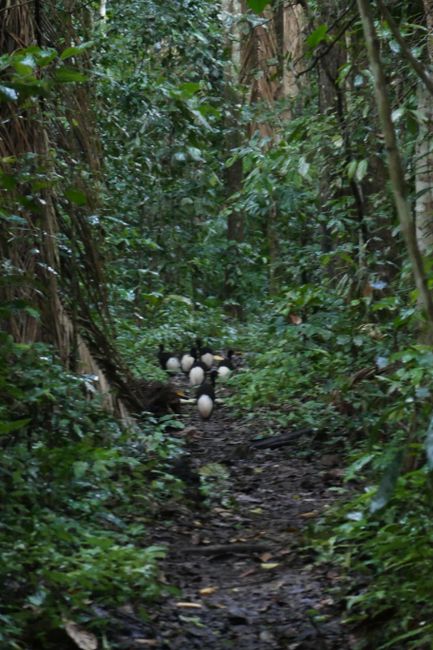

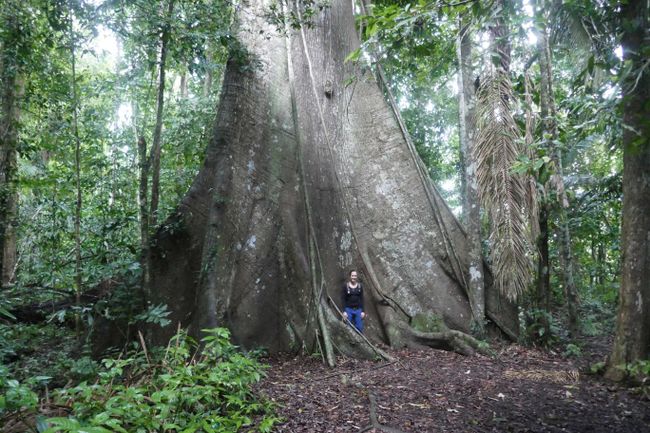
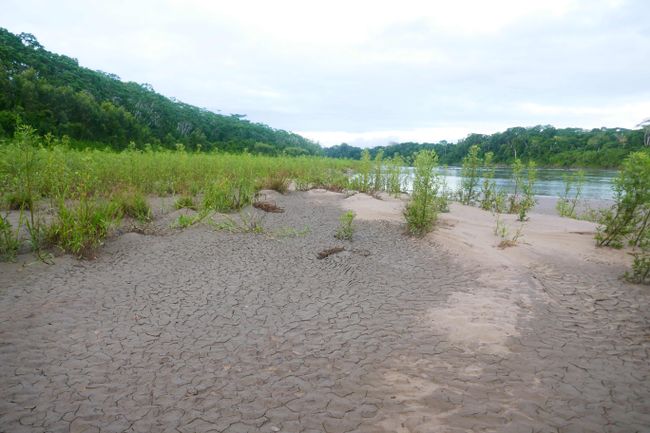
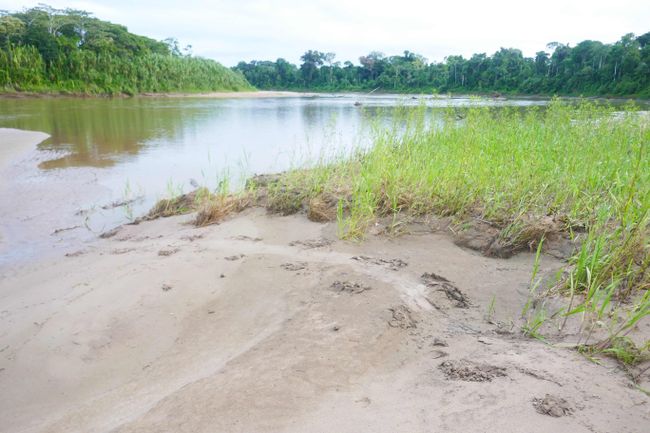
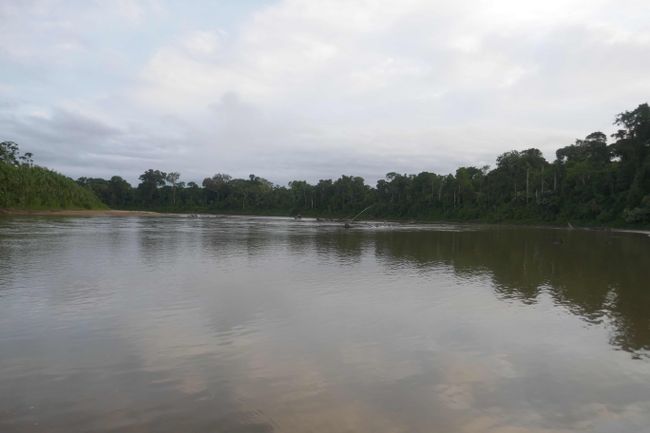
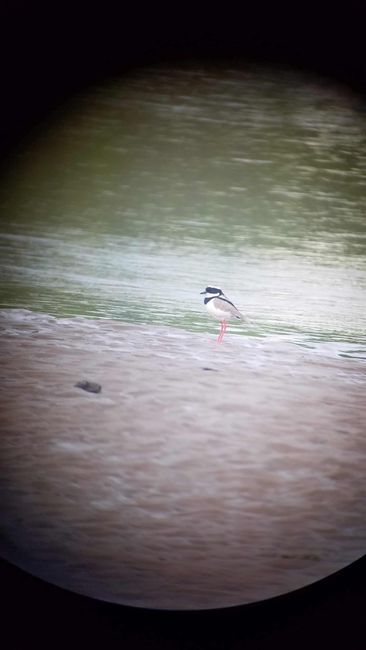
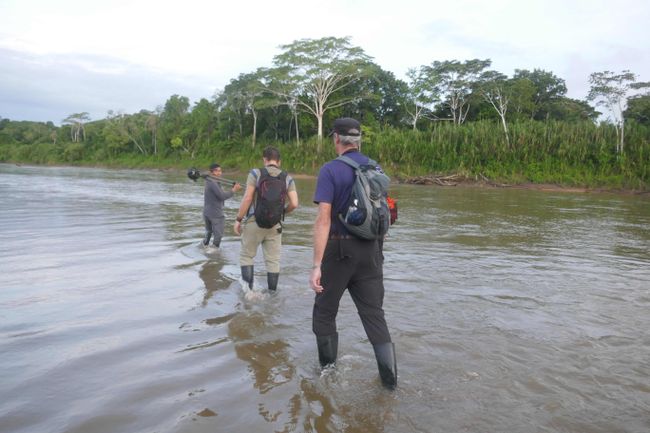
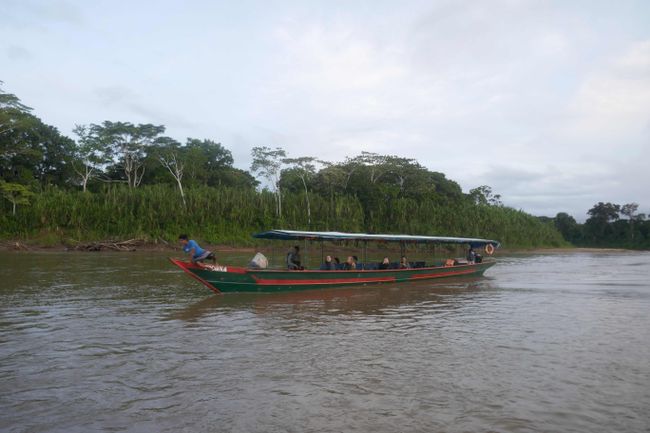
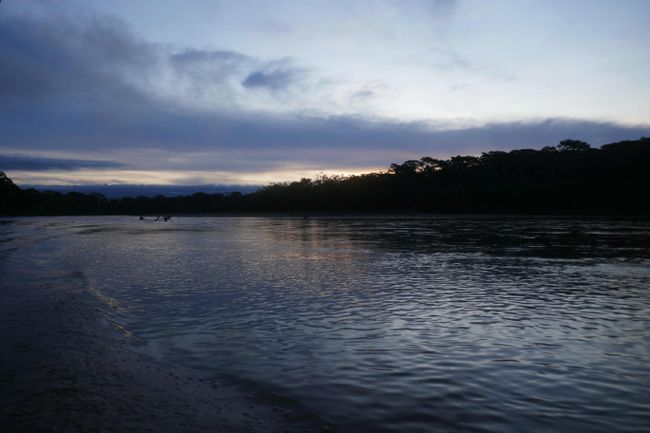
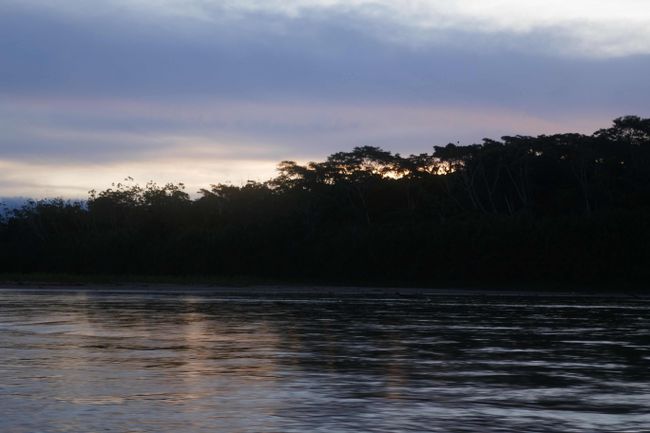
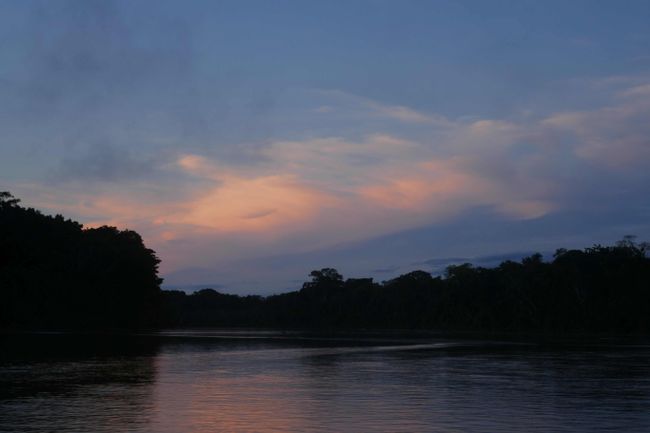
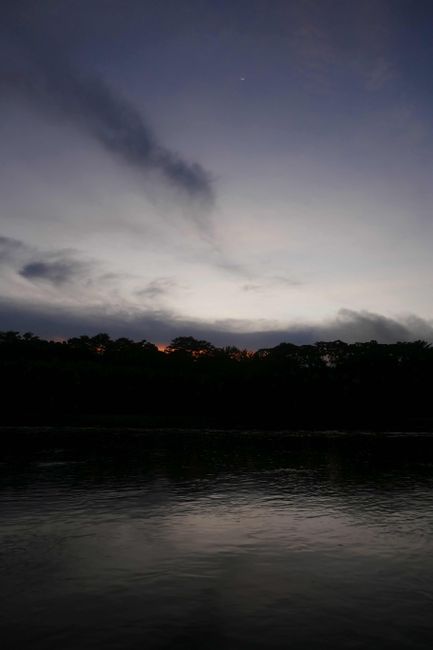
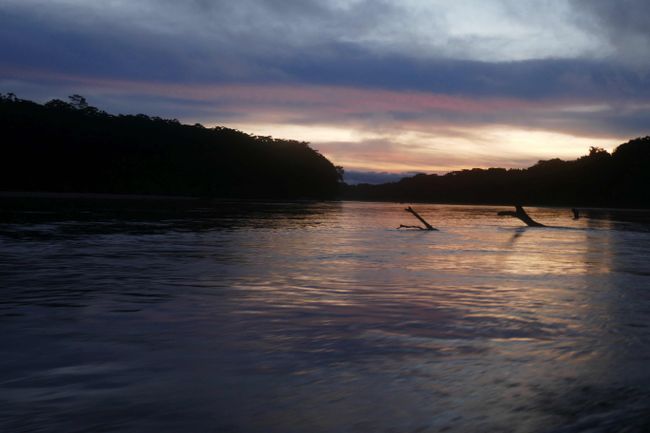
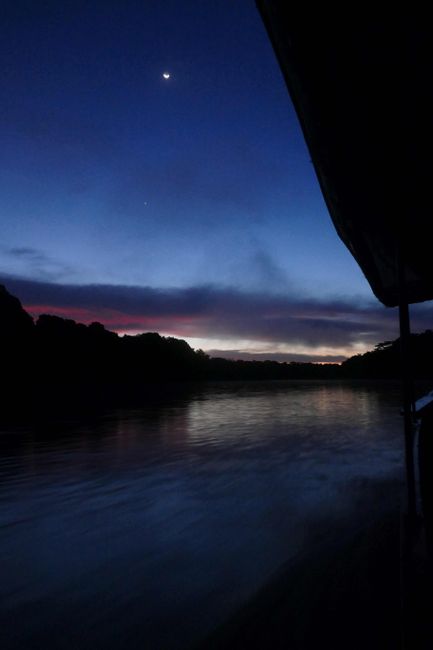
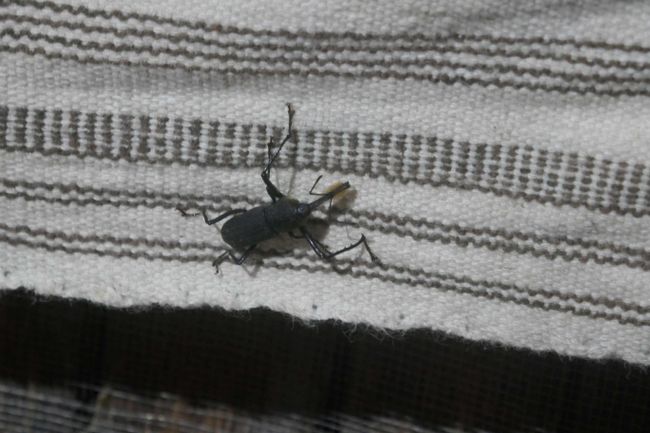
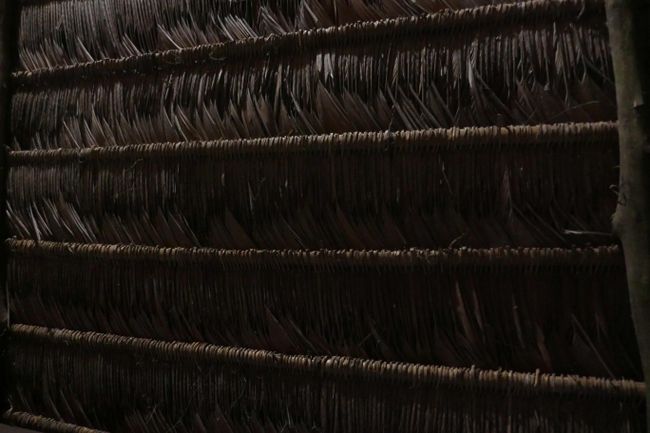
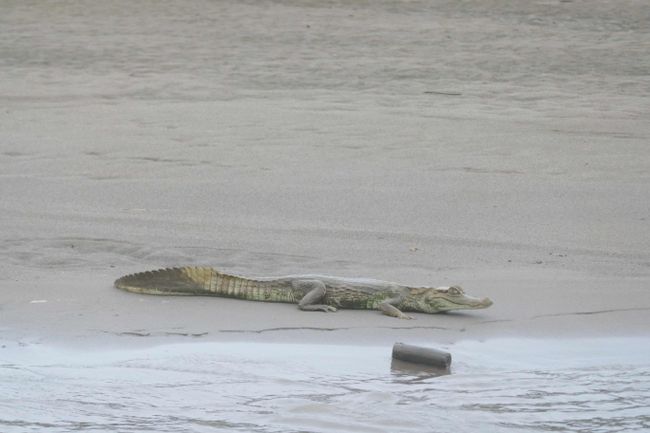
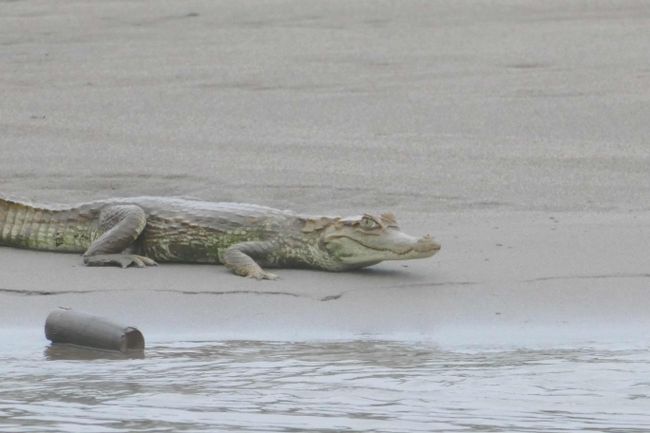
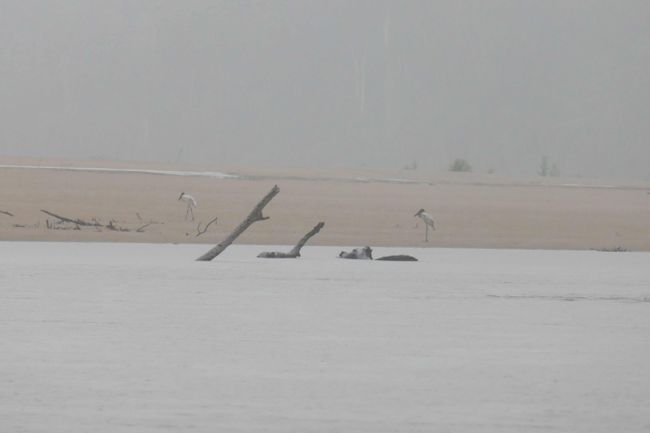
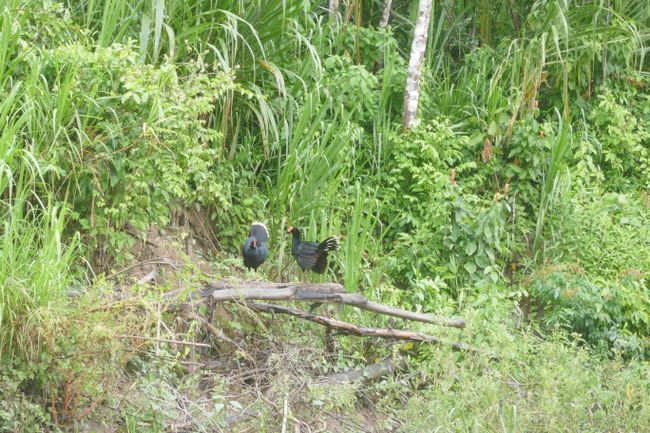
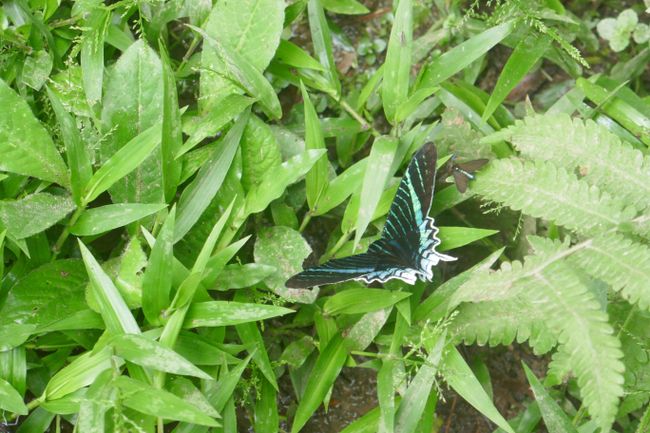
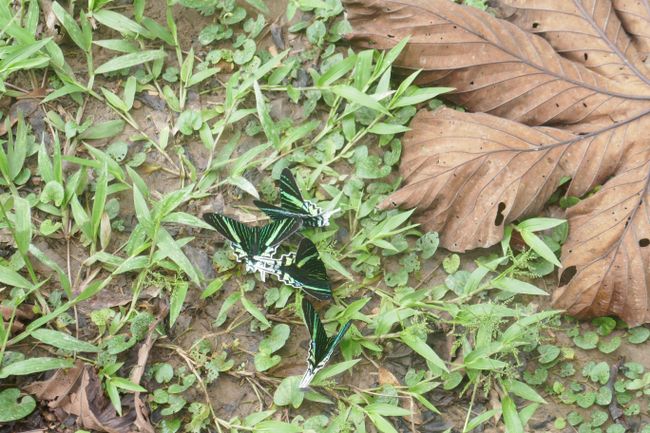
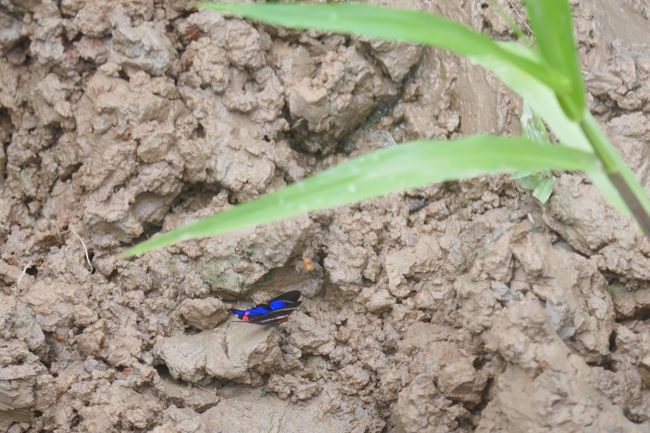
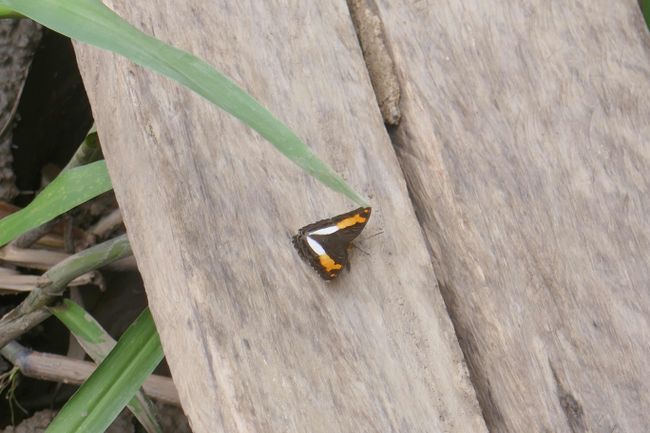
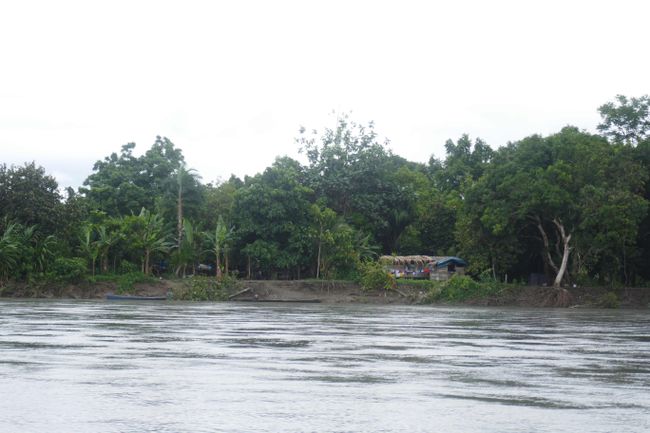
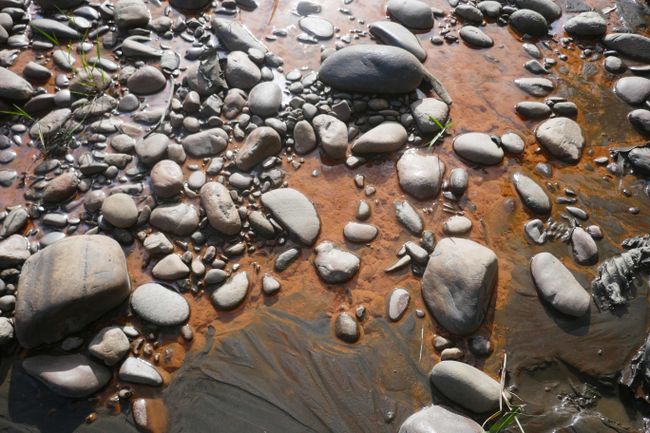
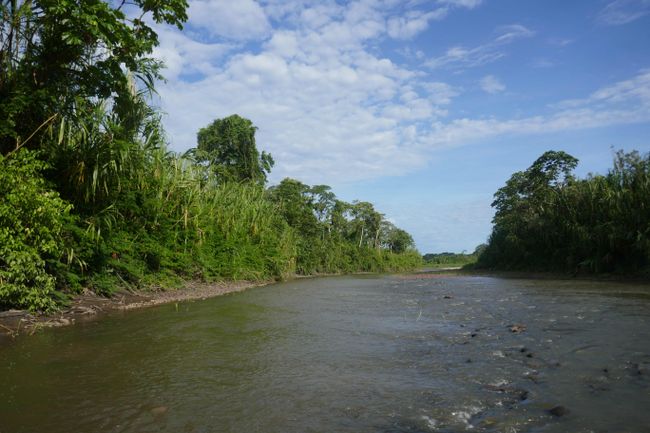
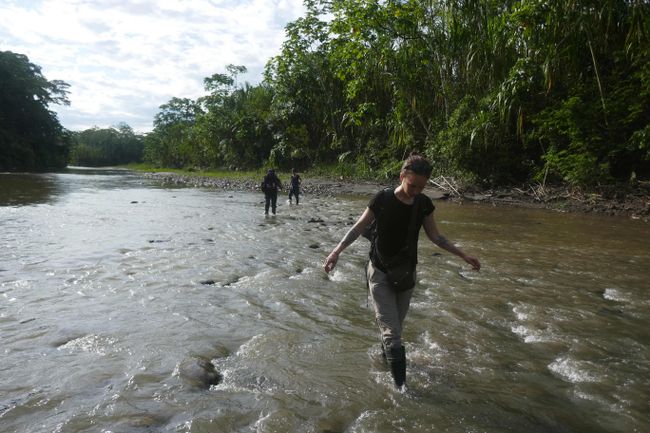
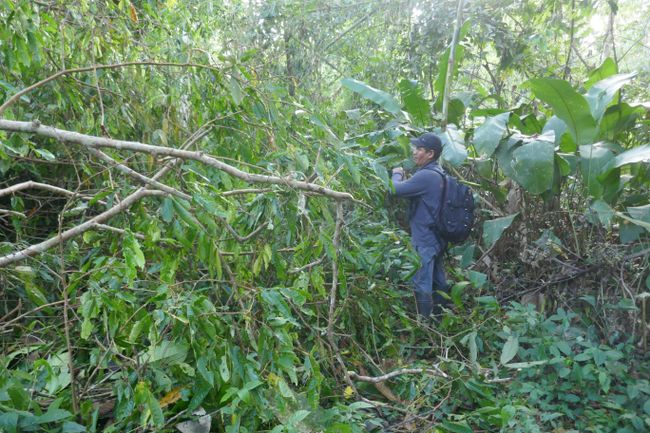
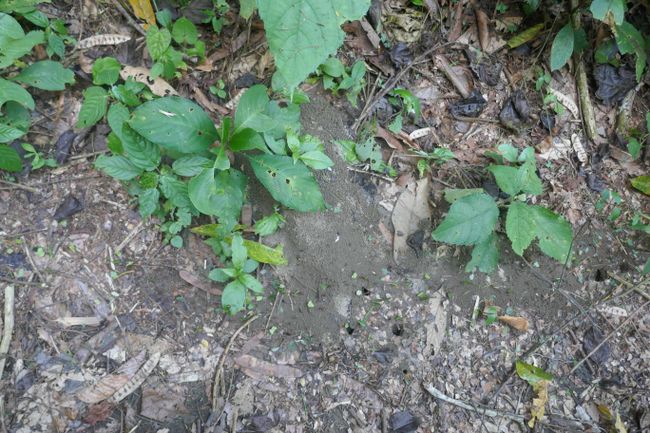
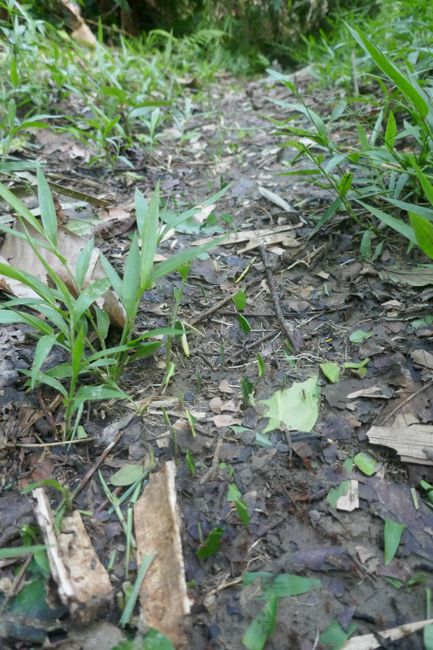
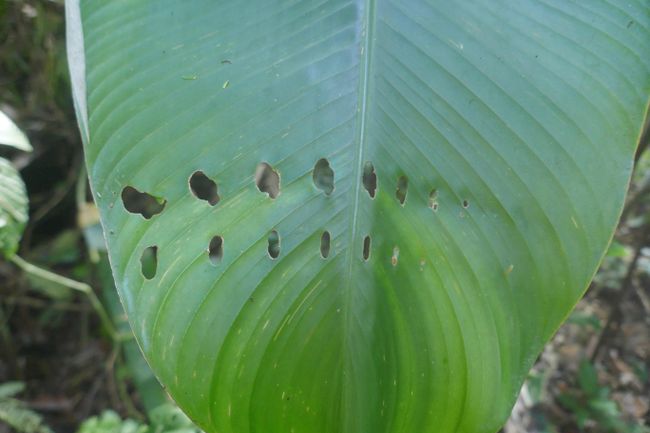
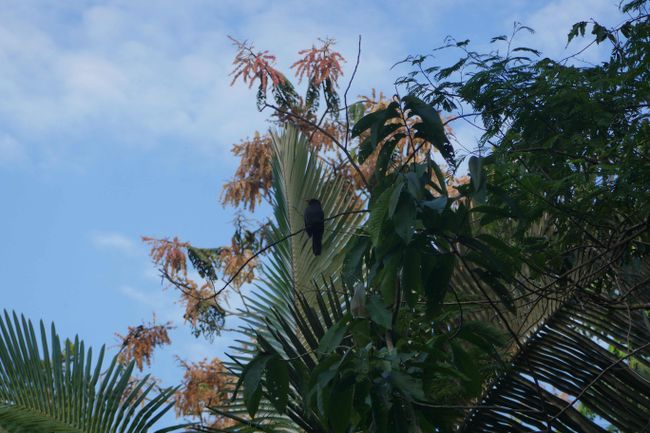

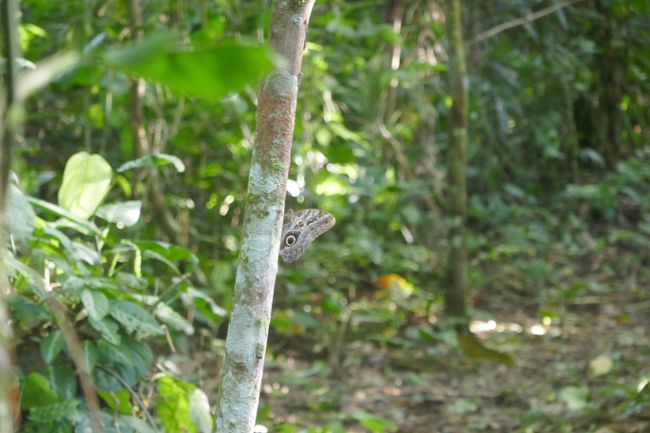
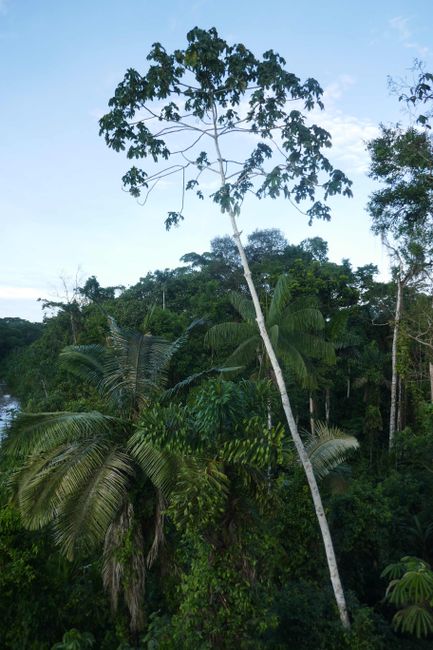
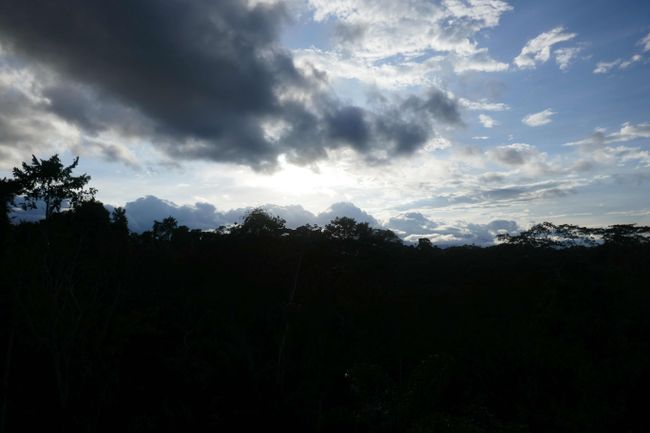
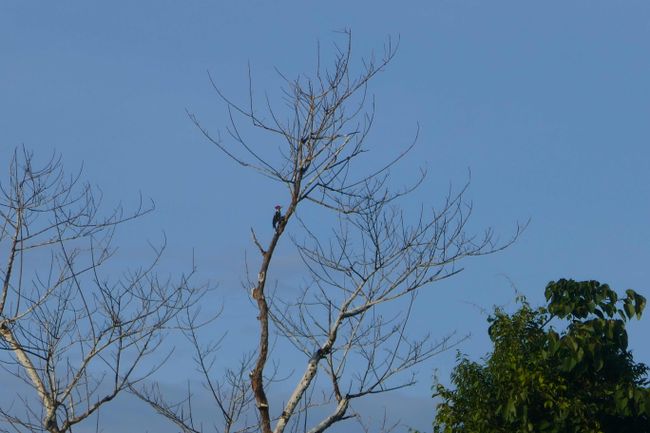
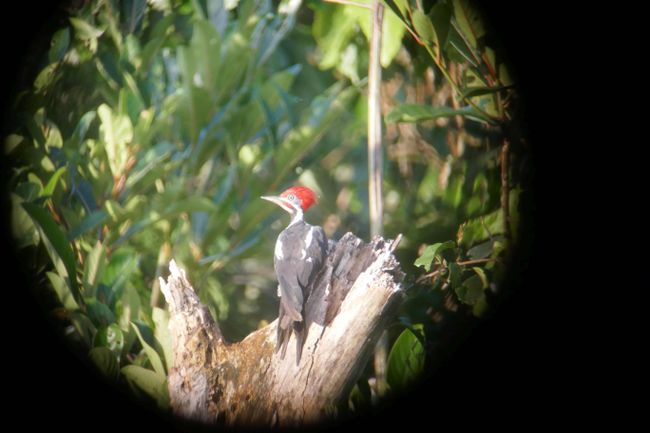
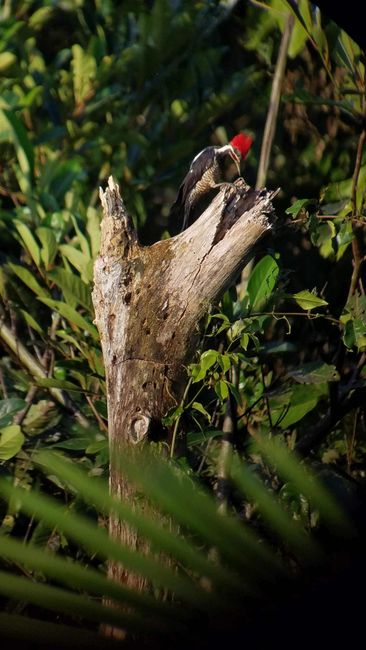
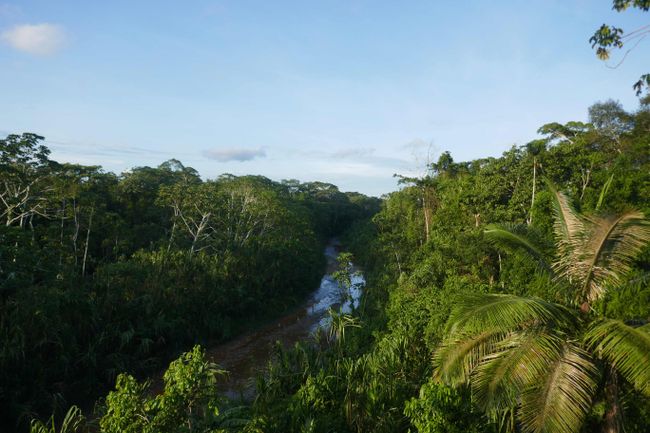
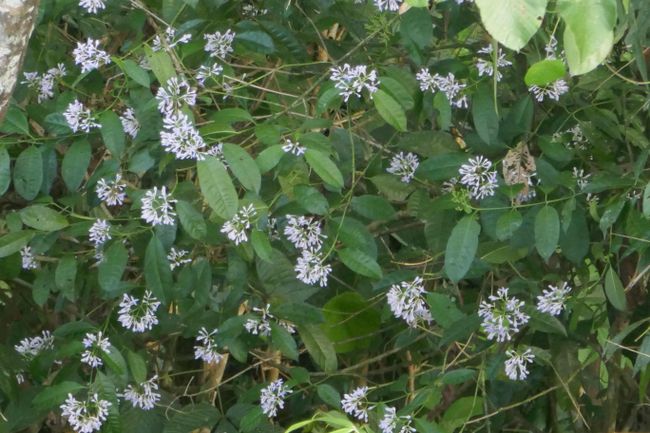
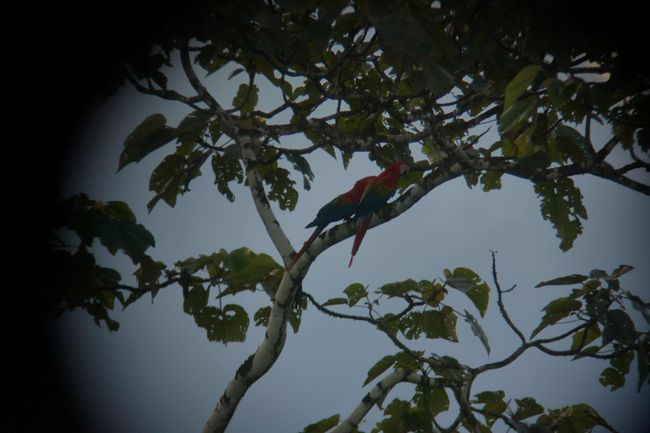
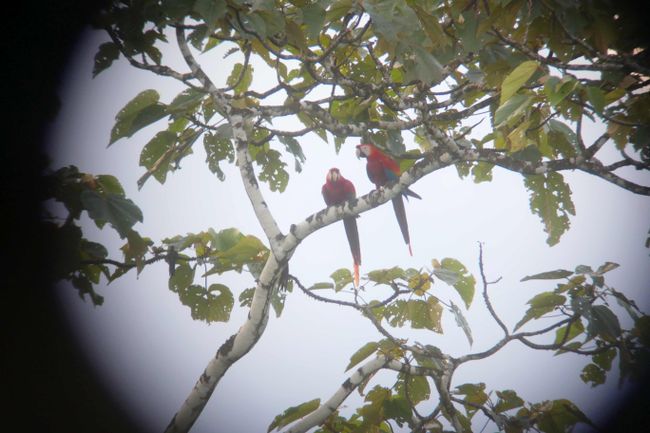
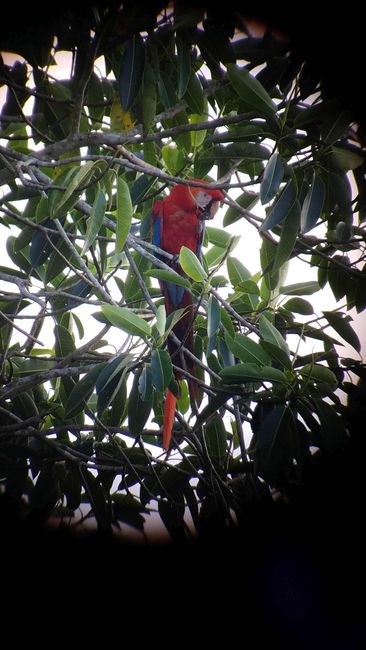


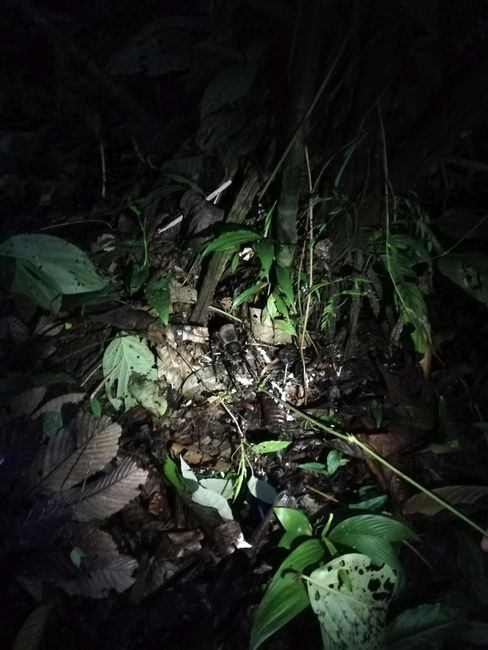
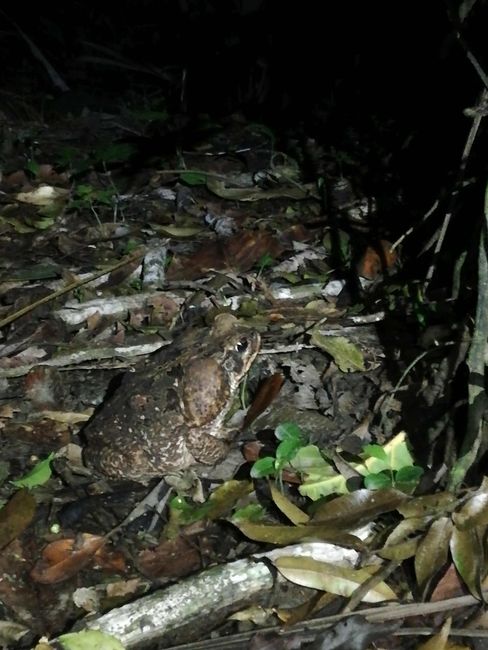
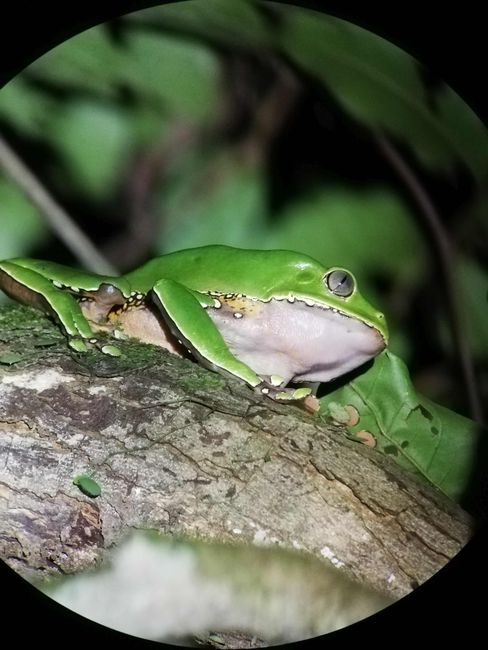
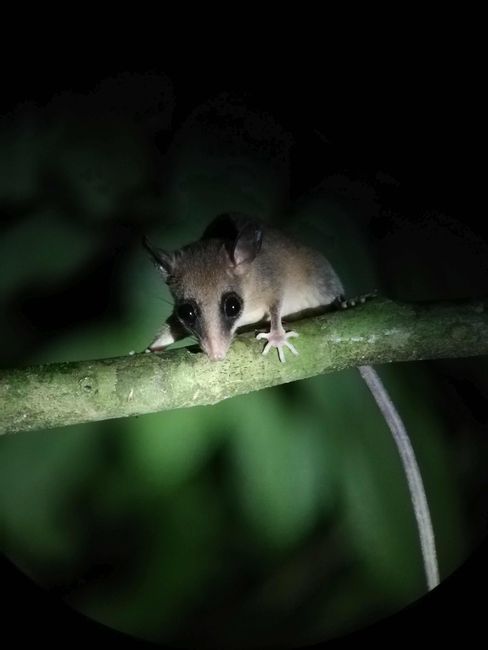
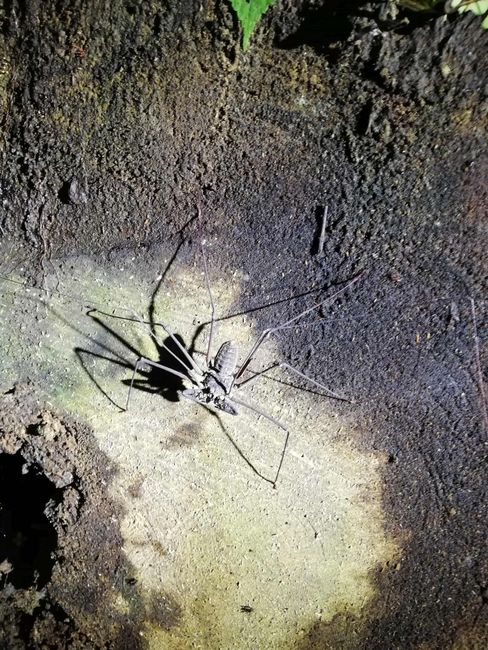
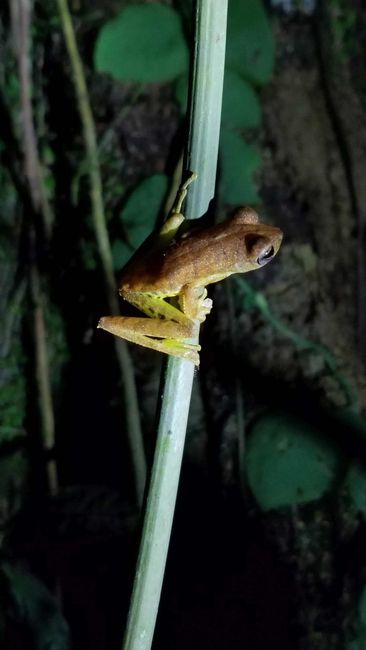
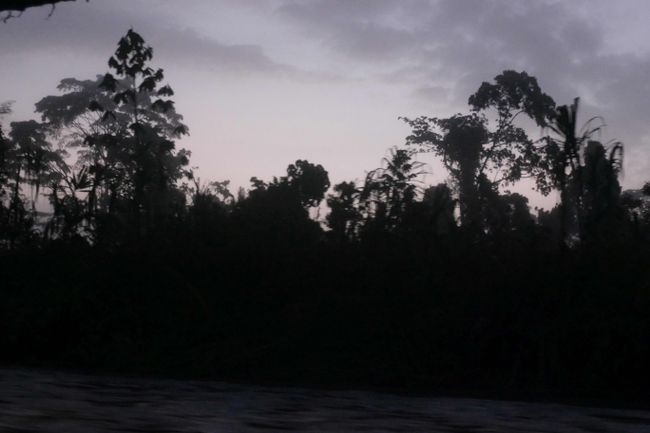
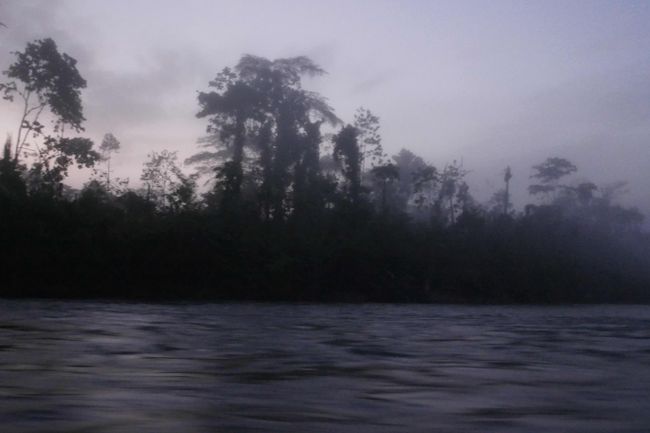
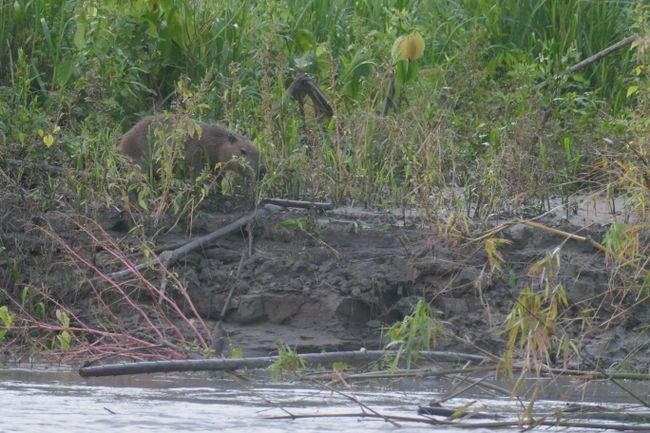
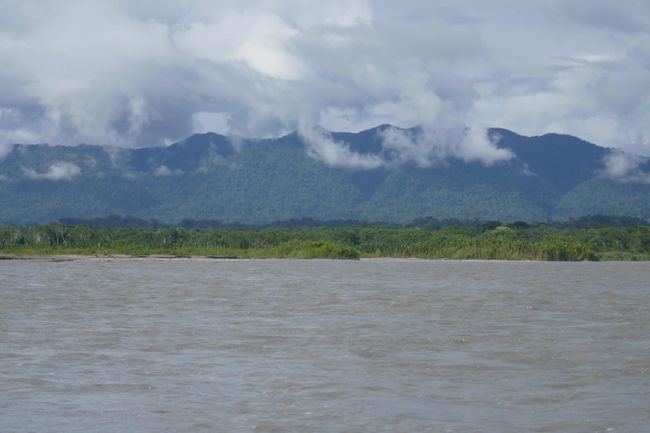

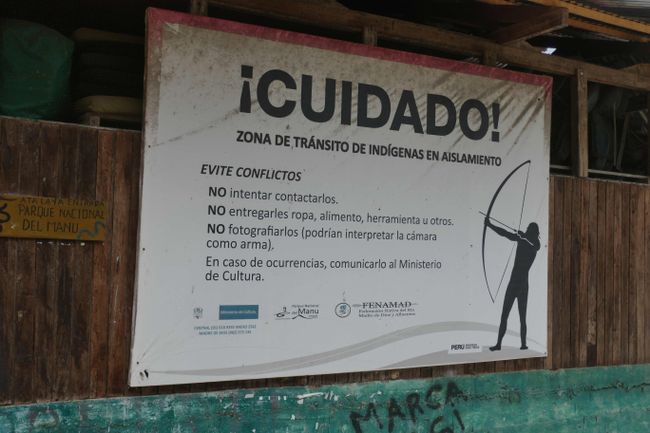
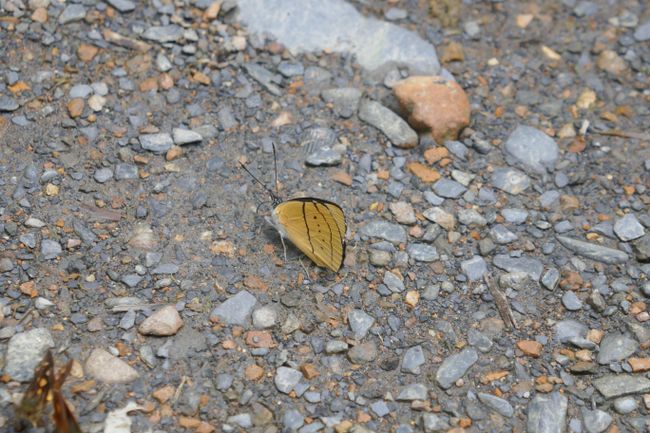
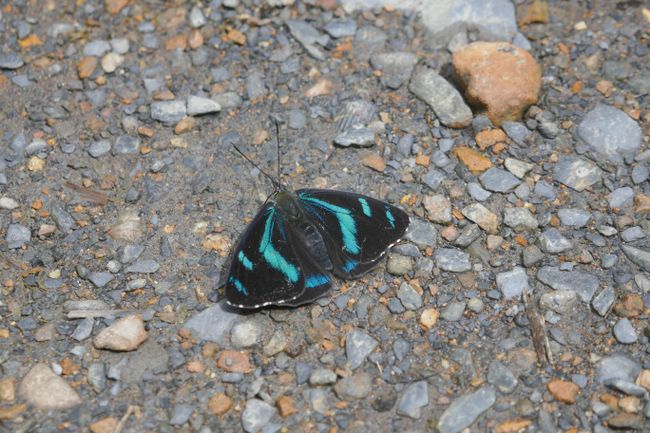
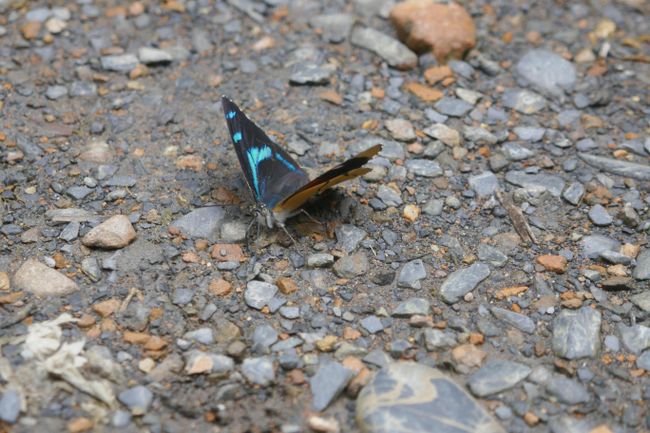
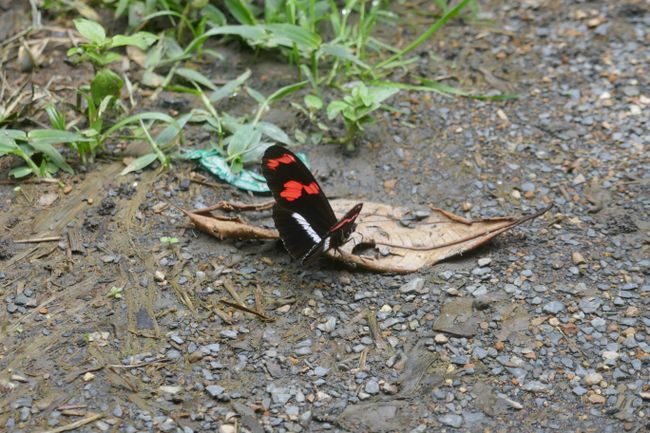
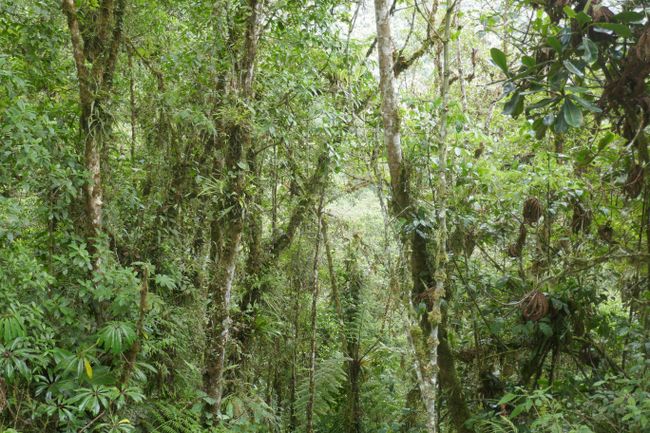
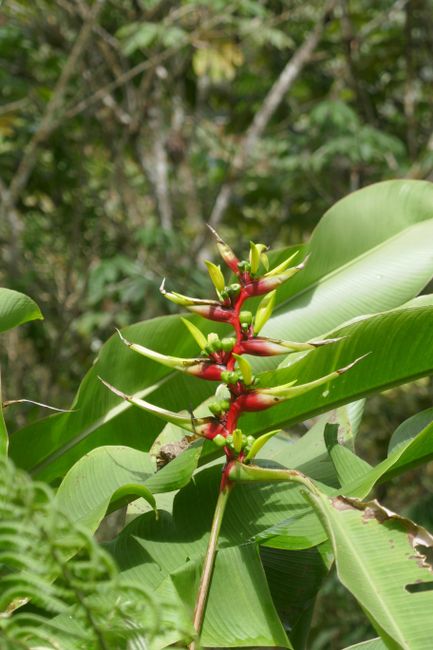
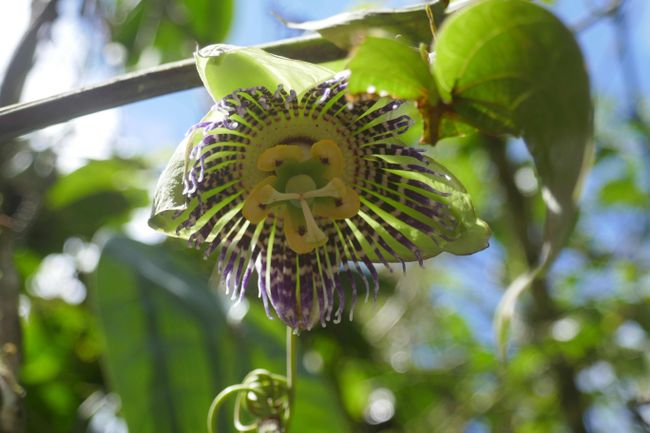
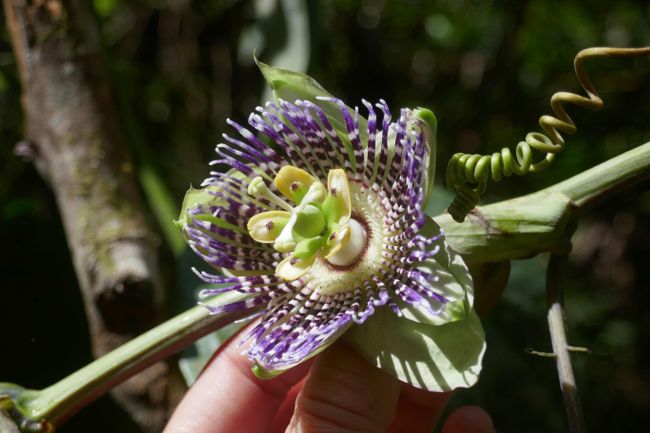
Abonnéiert Iech op Newsletter
Of course, it was clear that we couldn't wander through the jungle alone. Firstly, it would be pretty dangerous and secondly, we would probably only see mosquitoes and wouldn't know what kind of animal they are.
Originally, I wanted something simple and rustic in a small group. I had heard about people paddling down a river in a canoe with a tent and guide. That's what I imagined! After thorough research, we found out that this doesn't exist in the Manu region. The reason is that it is a well-protected national park, where not everyone is allowed to offer tours and you can't just camp anywhere. However, this region is covered with real primary forest and has one of the greatest diversity of creatures in the entire Amazon. The park is divided into three zones: the cultural zone, where agriculture is allowed (mainly because there were people farming there before the park was established), there is also a road and individual villages. The reserve: Here, tours with designated eco-tourism providers and visits for study purposes are allowed. Fishing, hunting, and agriculture are not allowed. There are special rules for the tribes that have been living in this region for a long time (see below). The third and largest zone is strictly off-limits. Even tribes that follow the traditional nomadic way of life live in this zone. Contact is forbidden to protect them.
So, we signed up for a six-day tour with Amazon Wildlife Peru. William, the tour coordinator, and the second guide, Jordi, grew up in Bonanza, on a "farm" in the jungle, and know it like the back of their hands.
We left Cusco in a minibus. The jungle begins right at the eastern edge of the Altiplano, here the cloud forest. There is a layer of mist that rarely dissipates throughout the year. Already here, still at 2000m, the forest seemed extremely dense, wild, and overgrown to us. We could already observe the first monkeys here (Grey Woolly Monkey). We saw the bright red and blue Quetzal, as well as the bright orange Cock of the Rock, the national bird of Peru.
We spent the first night at an lodge at about 1000m - I was glad not to be in a tent here :-D. All the cottages in the lodges were built on stilts, the walls were only chest-high, and there was a fine-mesh net from there to the roof. So we practically slept in the forest and could listen to the crackling, cracking, chirping all night long.
The night and early morning are the best times to see animals. So, on the first evening, we went for a night walk and saw various insects and frogs, as well as a tarantula and even an armadillo (although we only saw its shell, of course, it immediately ran away when we discovered it).
On the second day, in the village of Atalaya, we switched from the road (which ends shortly after) to the boat, and that became our means of transportation for the next four days. We spent many hours on this boat, calmly watching the riverbanks pass by. At first, we saw plantations along the Madre de Dios river. Bananas, pineapples, sugar, etc. - and of course, a lot of coca leaves are grown and cultivated here. As we got closer to the reserve zone and further away from the road, the forest became more and more dense. The trees grew taller and more frequent, and the vegetation became denser.
During the boat trips, we saw a lot of birds, I can't remember all of them, but these stayed in my memory: many different herons, vultures, the "Caiman Dentist" (a black and white bird on long stilts that picks the meat residues from the caiman's teeth), huge geese, storks. Once, William saw two capybaras, but I only saw one disappear in the green. I would have loved to see a parrot, specifically the "classic" red and green macaw, but we only saw them flying in pairs, and against the bright sky, they look dark brown through binoculars.
Especially on the way back, we could see various white caimans from the boat. You can see exactly where the riverbanks were flooded last. Now, "canes" and other fast-growing plants are growing there, until the next flood or until the forest takes over.
You could also see the typical meandering situation: on the outside of the curve, where the water flows quickly, there was a steep, gnawed slope, and above it, the jungle. In contrast, the inner bank was flatter, often with gravel and sandbanks, and a lot of deadwood.
We spent the second night in a kind of observation platform. A camouflaged platform about 8m above the ground. We left the lodge around 5 pm and walked through the forest for an hour to a clay lick. These are places where salty clays come to the surface, which various animals visit to lick, in this case, just a mud hole. During the walk, William explained how it works: setting up the mat and mosquito net, having dinner from the Tupperware, not talking, no flashlights, not placing water bottles, then lying down and waiting. Simon spotted a yellow-headed turtle in the water hole, but no other animal passed by until we put down our heads and dozed off. - Someone tapped me on the arm! A deer! For our standards, this deer was huge! It's great to be able to observe an animal for so long without it suspecting anything. I'm still amazed that the animals are not scared away by the strong flashlight beams of the guides. But that's only the case the first time, then they won't be afraid anymore, William said.
Then I was awakened again: Two tapirs! It was a mother and her daughter, who were wading and licking around in the mud for a long time. Wow! That was already a highlight for me. I don't really know why, but it's so impressive to see such a foreign animal in its natural environment. An animal that lifts its head at every crack and is ready to flee, whose ears constantly turn in all directions. Not like in the zoo, where they are already used to people.
On the third day, we entered the reserve zone within the Manu National Park. A ranger familiarized us with the rules, such as taking back apple cores or mandarin peels. He also explained the different zones in the park and how the indigenous people in the park live and how they are treated.
The vegetation is incredible! Especially the primary forest in the reserve is incomparable. On every hike through the forest, our guides had a machete with them, which was practically used every time. We also had to climb over tree trunks and wade through water holes (with rubber boots), and these were often used paths. I can't really imagine what it was like when William's great-grandparents went into the selva, chose a piece of land, and had to clear it. That takes a whole summer!
We visited the Chocha Salvador oxbow lake. There is a catamaran available, which allowed us to quietly paddle across the lake. And after just a few minutes, William spotted the hoped-for heads through binoculars: giant otters! We rowed closer and the curious creatures even came towards us. After realizing that we were not giant crocodiles, they continued diving for their fish, of which each otter eats 5kg per day. Then, they settled on a dead tree in the water and played together for a very long time. They nibbled on each other, probably grooming, but also pushed each other off the wood, etc., it was a spectacle.
The otters occupy a whole body of still water as a family group. Adult males have to leave and find a female somewhere else. This makes the situation a bit difficult because the globally endangered species is stabilizing and even growing in the Manu National Park, but the lakes are slowly becoming scarce.
On the same lake, we also saw a caiman, although you usually don't see much of it, as it only sticks its eyes and nostrils out of the water. We also saw the so-called Punk Chicken in the trees along the shore. It's a bird with a punk-like feather crest on its head. And we saw monkeys in the trees: Grey Woolly Monkeys and Capuchin monkeys. These five or so young monkeys had a huge beetle feast on a tree very close to the water. They played with each other like spirited children. They jumped on each other's heads, tumbled into the leaves, pushed and pulled each other.
It's still very puzzling to me how the guides always spot these animals. Once, Jordi stopped the group because he had spotted a frog under a leaf. It was the three-striped poison frog, which actually has three bright green stripes but is otherwise black. I could hardly see it up close!
We spent the next two nights in the Matsiguenca Lodge. The Matsiguenca are a tribe from the Amazon rainforest in the Manu River region. This tribe has already civilized decades ago in the sense that they live sedentarily and in houses, adopt tools, etc., schools were established, and today, some of the young people also go to larger towns or cities to find work. In the ?? years, a project was started with the aim of benefiting the Matsiguenca from the tourists who visit "their" area of the rainforest. Two or three people from the tribe take turns maintaining the lodge for 3 months, then the next person in the tribe takes over. And so, various tour operators rent this eco-lodge from the Matsiguenca.
In our case, it was Jesus and Julio. They showed us their traditional festive costume, which is woven from a fiber of a certain tree, a musical instrument, arrows, and bows, and how they make fire. Although they use a lighter today, 20-year-old Jesus also mastered the technique (see photos), while we embarrassingly failed to even produce a tiny bit of smoke. Julio hit a handball-sized fruit with an arrow and bow from 20 meters away.
From an observation tower at the Cocha Otorongo, we saw various monkeys, very close, that was another spectacle. I also prefer to watch these animals in the zoo, and in the forest, it's obviously even more exciting. The monkeys also saw us and even looked at us curiously, as if it was just as interesting for them; "look, humans! Hihi, they look so funny with their bare faces."
We were highly satisfied with today's success, the luck we had with the monkeys. As we were walking back to the lake shore, we also saw the giant otters again, they swam along the entire elongated lake, and we could watch some of them eating fish. And suddenly Simon calls out: A caiman! And indeed, there was a black caiman in the water plants on the shore. William imitated the sound of baby caimans and it actually came closer. It was only a few meters away from us, we could even see its body under the water, it was great!
During all the boat trips and hikes through the jungle, we saw so many other animals, such as beautiful summer birds, hummingbirds, turtles, and countless birds. Of course, we also saw countless plants, including various orchids and bromeliads. William also showed us plants, such as one that is used for roofs, trees with slippery bark that parasites don't grow on, medicinal plants, wild turmeric, etc. - and the third largest (thickest) tree in the world. We measured about 9 meters in diameter! It left Simon speechless. It's amazing, after all, this tree trunk is bigger than the Lupo.
When leaving the reserve, we had to give written feedback and the guards weighed our waste. The guides were also asked to indicate which animals were spotted. I am very surprised and pleased that Peru takes jungle protection (at least here) so seriously.
In the late afternoon, the most adventurous hike awaited us: William led us on a narrow, little-used path, which had also not been cleared properly since the storm three weeks ago, across a small, fortunately shallow river to his favorite spot: a rickety observation tower on an island. On the way, he showed us a tree whose bark smells strongly of garlic and another tree whose sap is used as an antidote to snake venom. We also saw various leaf-cutter ant colonies, it's incredible how far they travel. At an ant mound, we saw the footprints of the anteater.
It was a magnificent view from this height, into the trees and over the forest. The sun was approaching the horizon and there was a profoundly peaceful atmosphere. We saw various birds, some very close. Two macaws flew by again and William played their call on his phone - and it worked! They landed on a huge tree very close by. And finally, I could observe these colorful birds up close!
Before the sun had set completely, we descended from the tower. It was already too dark on the ground for photos, and after 10 minutes, we had to take out our flashlights. It gets dark so quickly! On the way back, William showed us various frogs, a giant toad, and a bird spider. He saw it just before it disappeared and managed to lure it out of its hiding place again for us. He then said that he had seen it near here in August and knew that he had to keep an eye out for it. How he can remember these places so precisely, when everything looks so similar, is truly amazing!
We continued to a pond, and William showed us what he wanted to show us: the monkey frog. It is called that because it lives in trees. It is huge and bright green on the upper side. If you were to lick it, you would have a colorful trip, he has already tried it, he told us.
The next day, we definitely headed home. But first, we sailed up the Madre de Dios river for a few hours. We got up at 4 am, and I really tried hard not to doze off but to look out for animals, but I didn't quite make it. And as a final surprise, we saw capybaras twice on this trip, and this time, I could see them and observe them for a long time. A very beautiful ending!
Abonnéiert Iech op Newsletter
Äntwert

Reesberichter Peru
